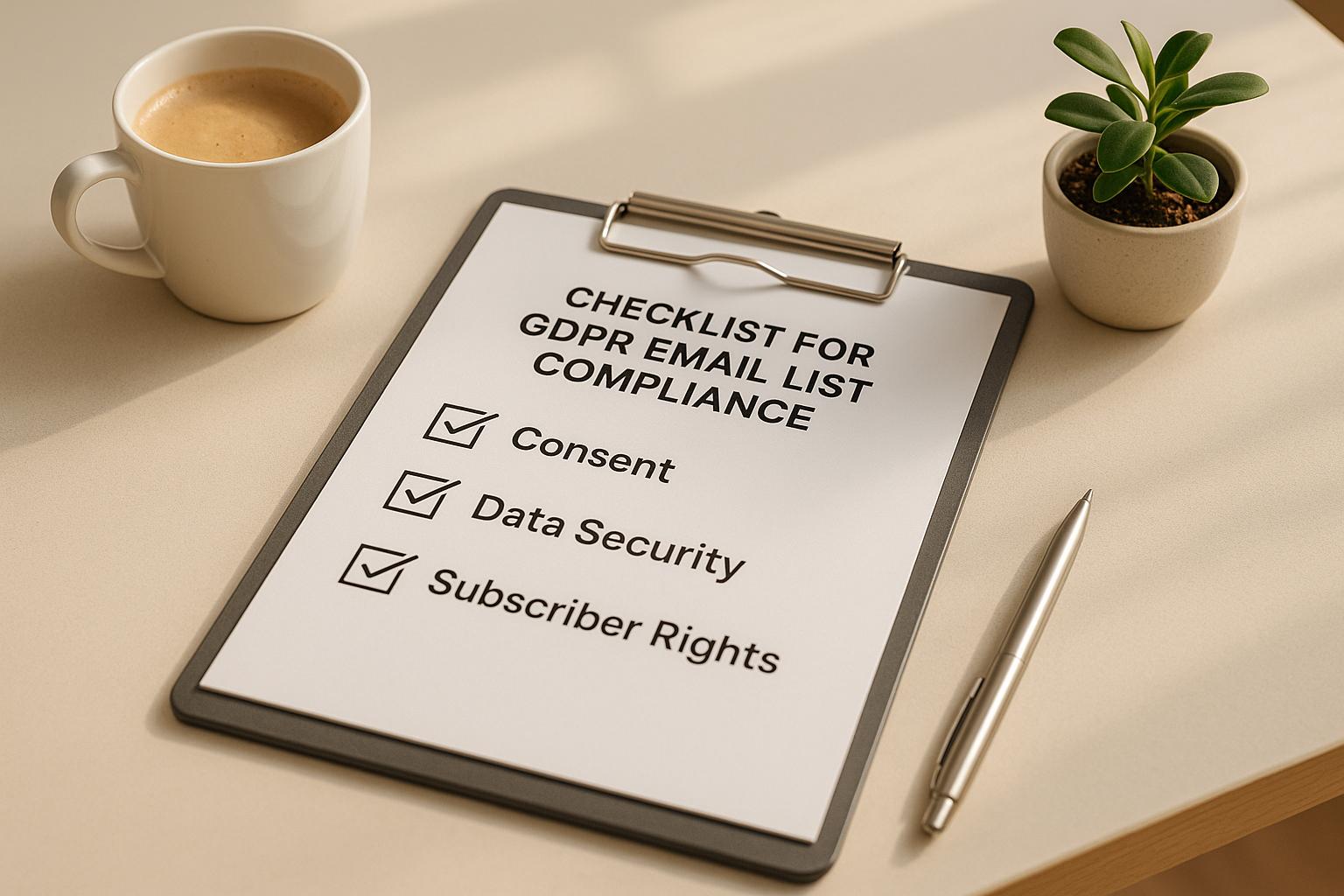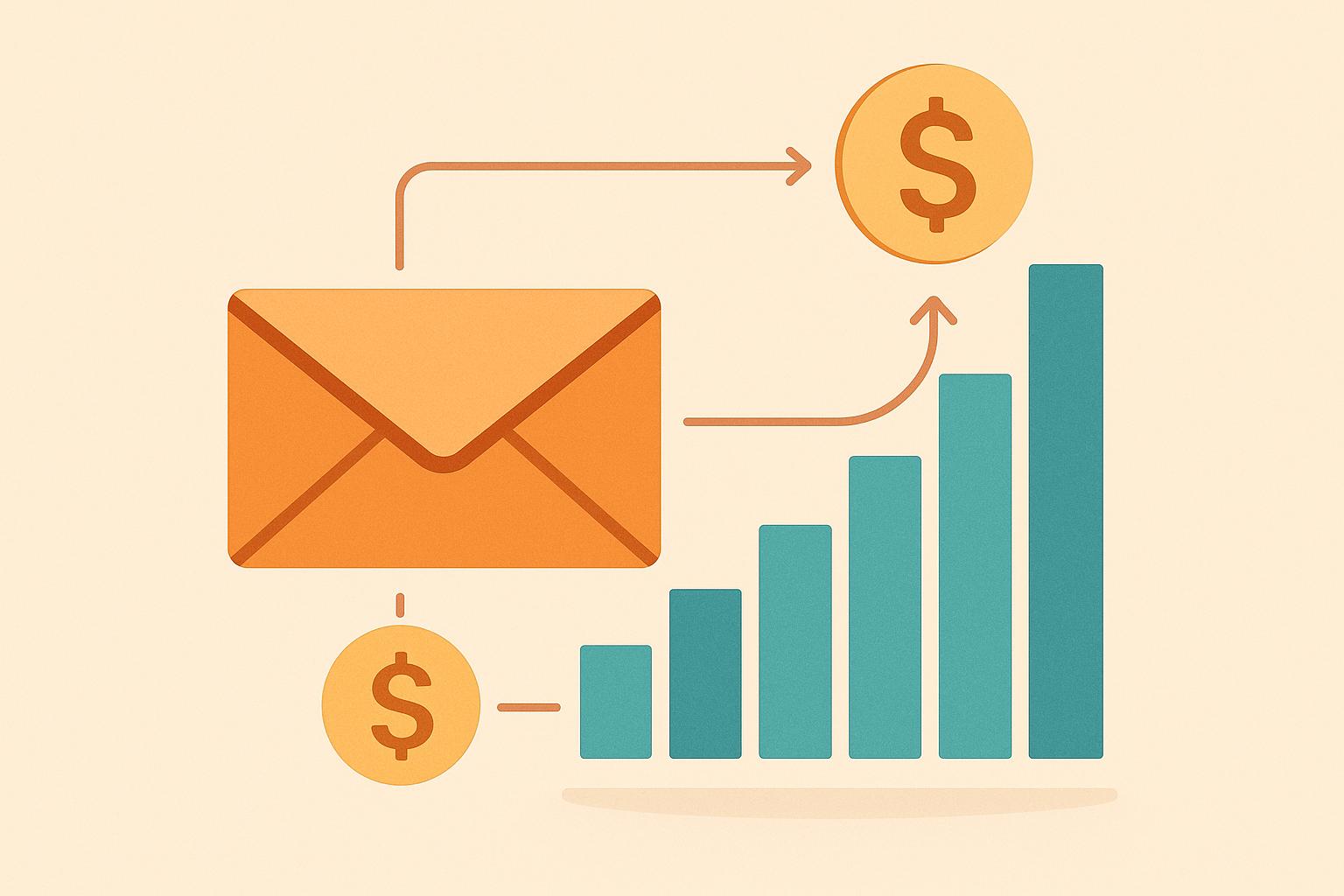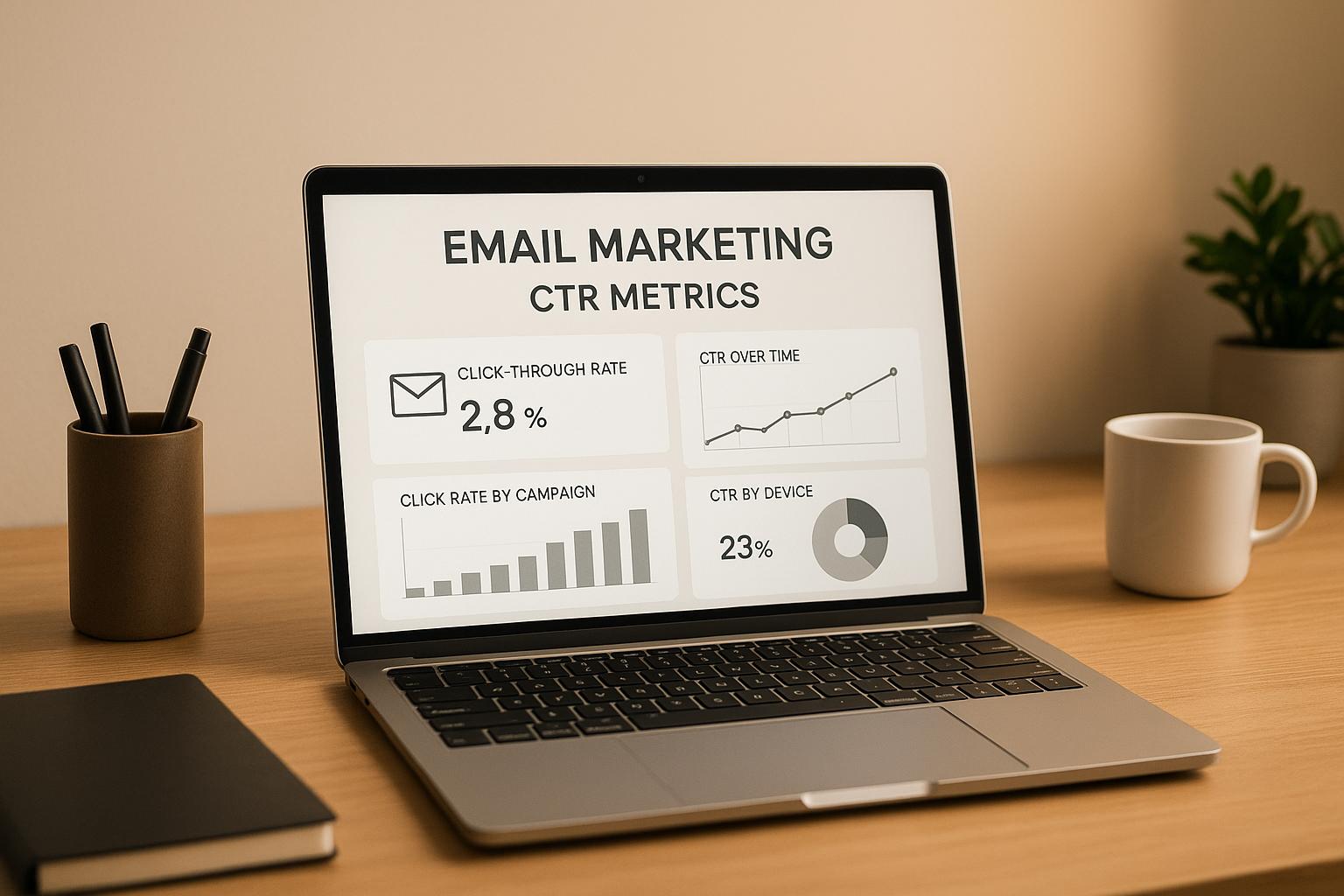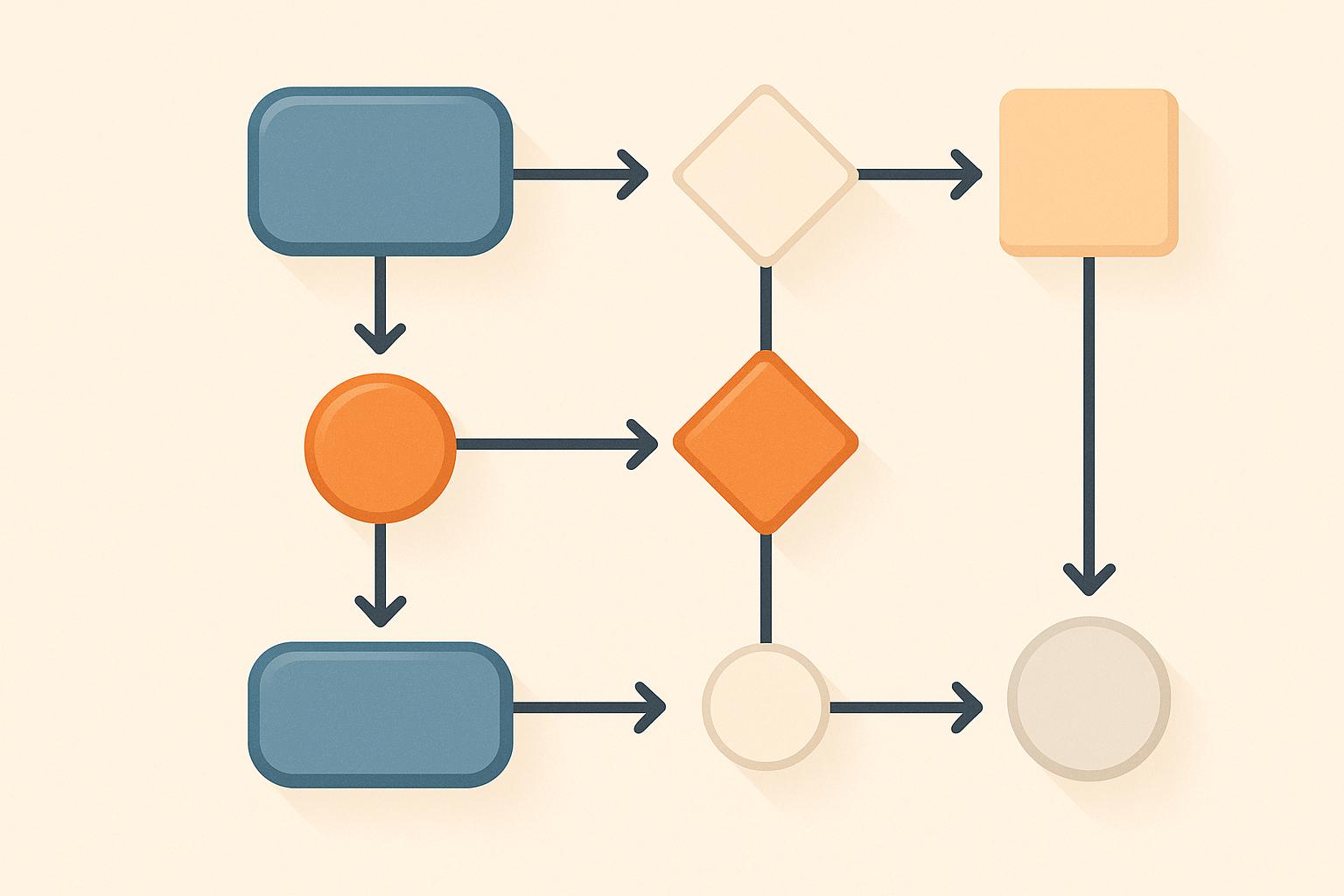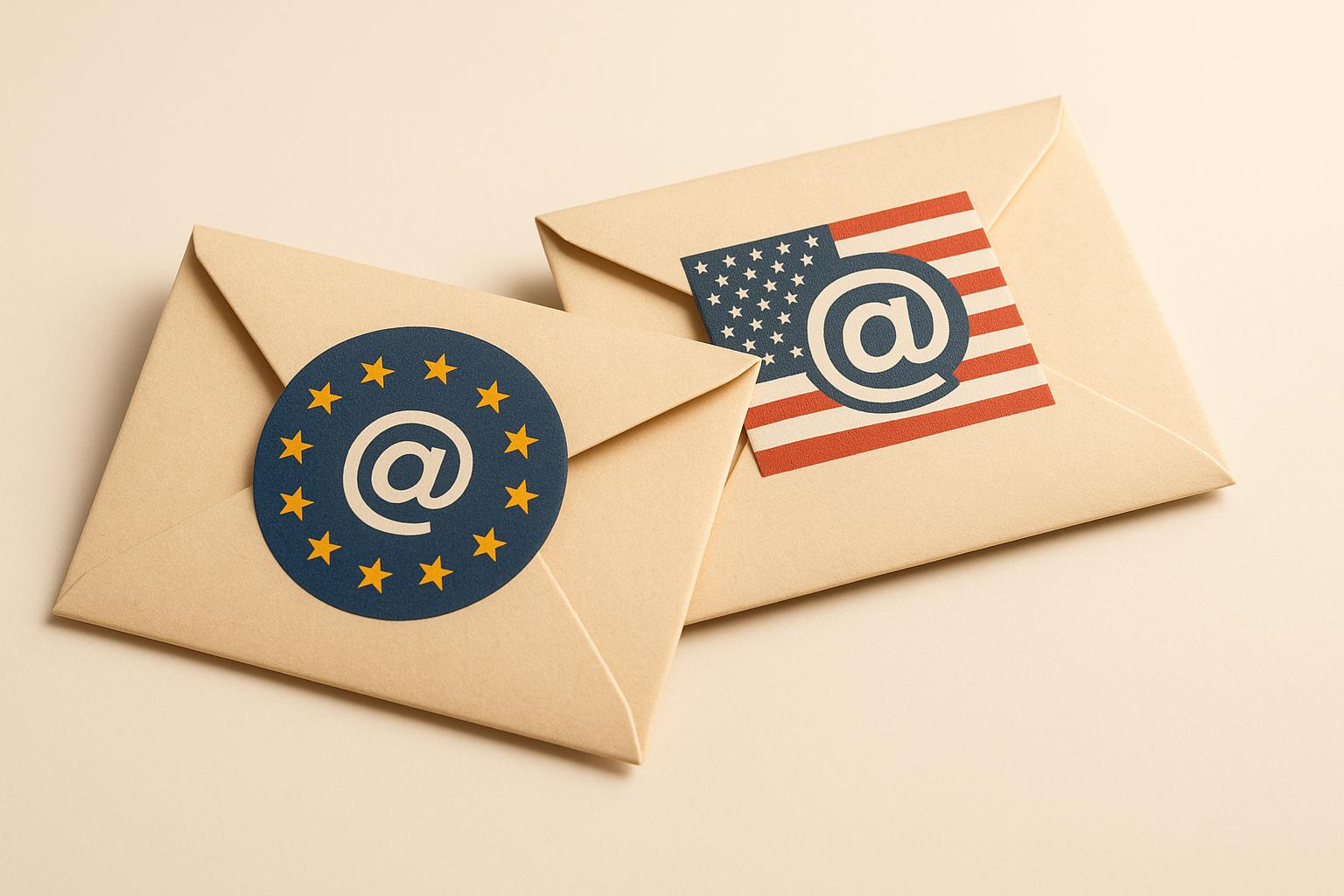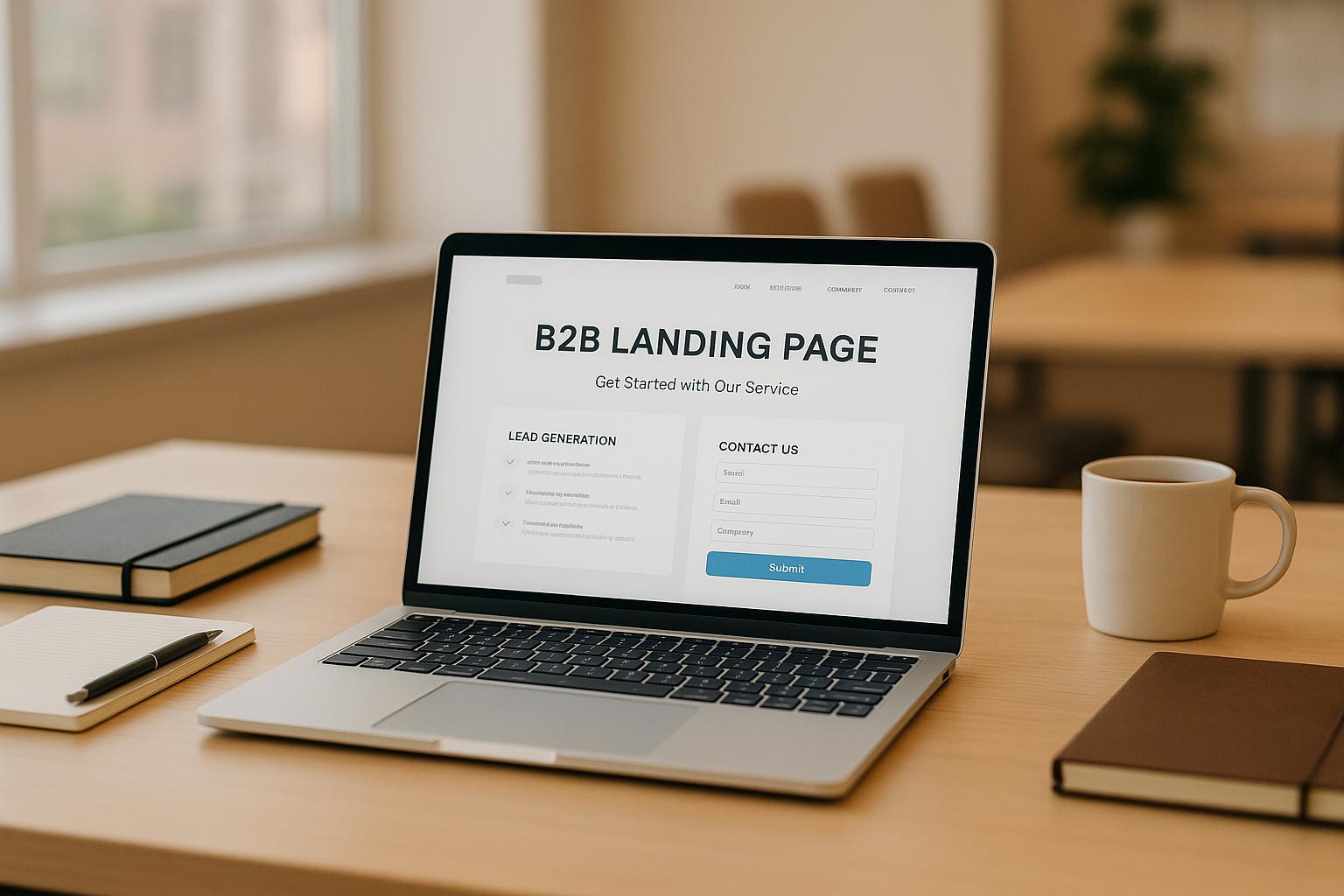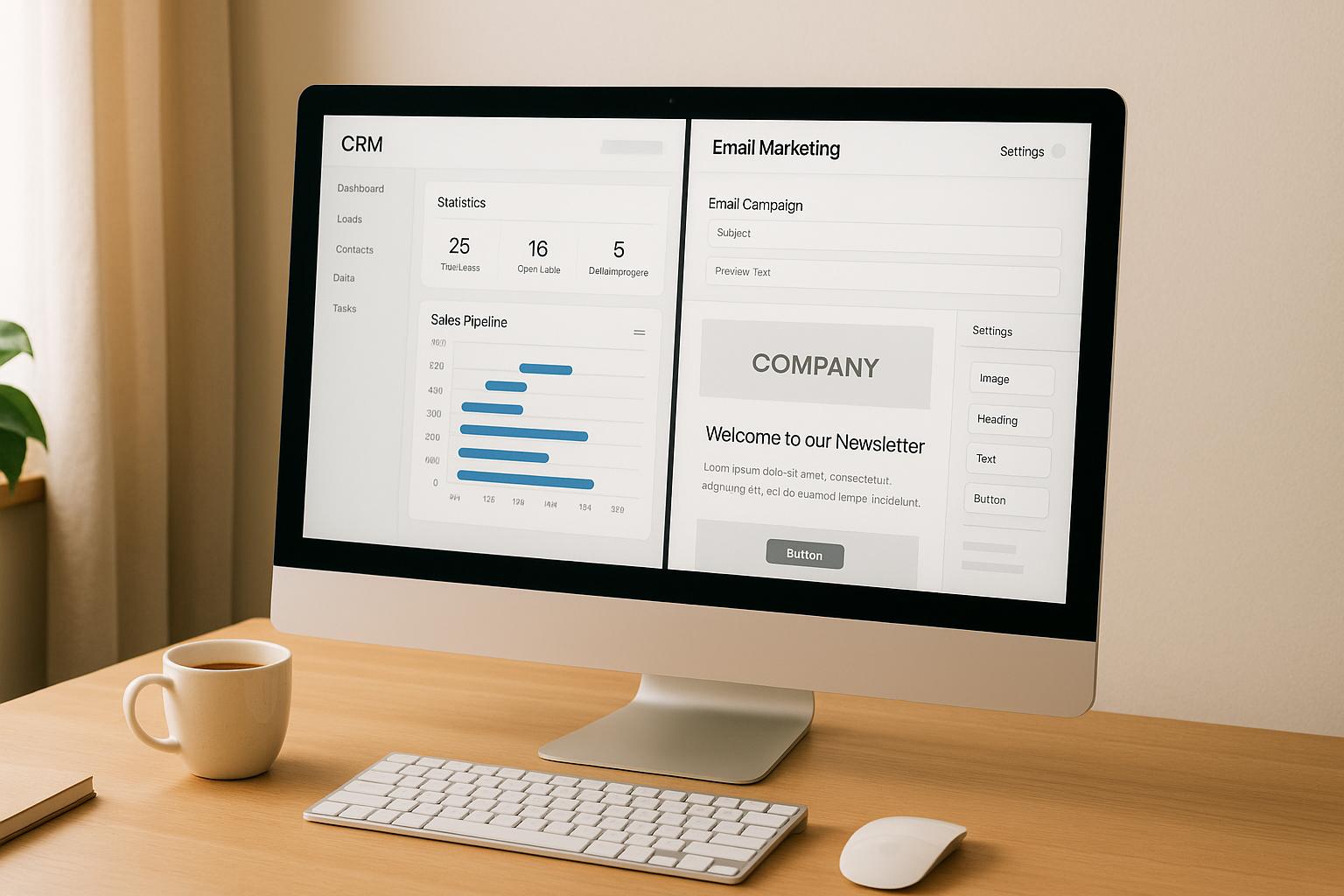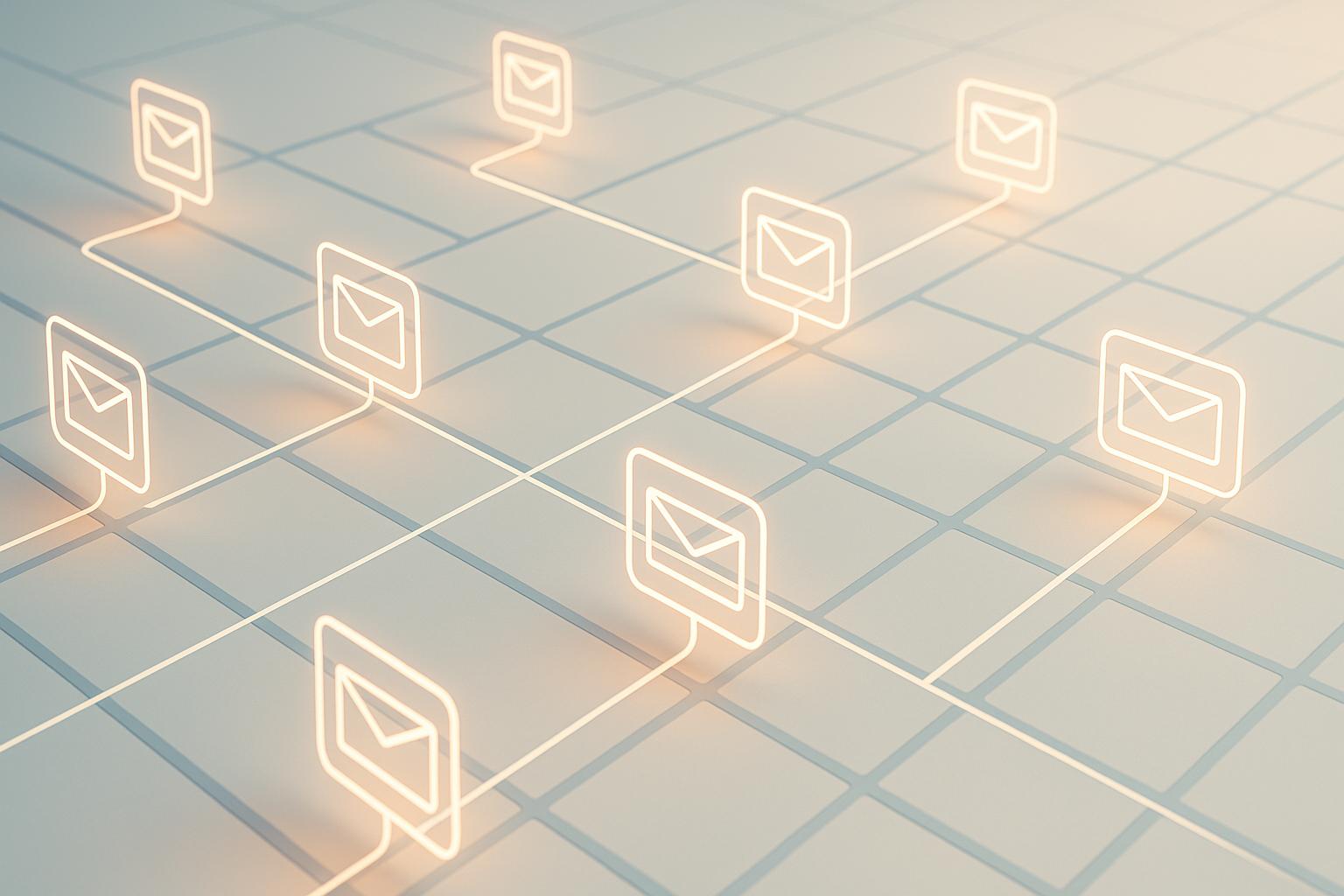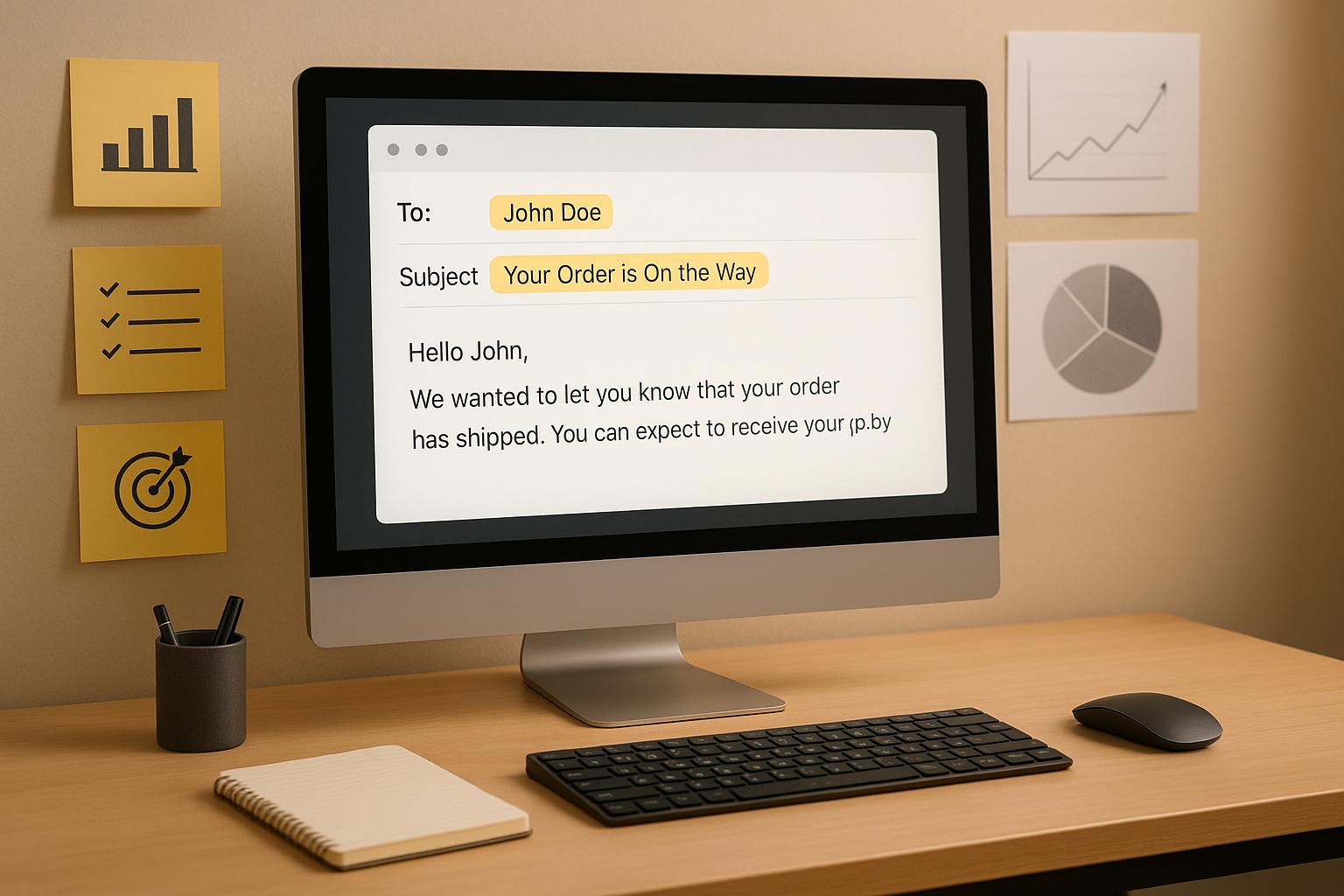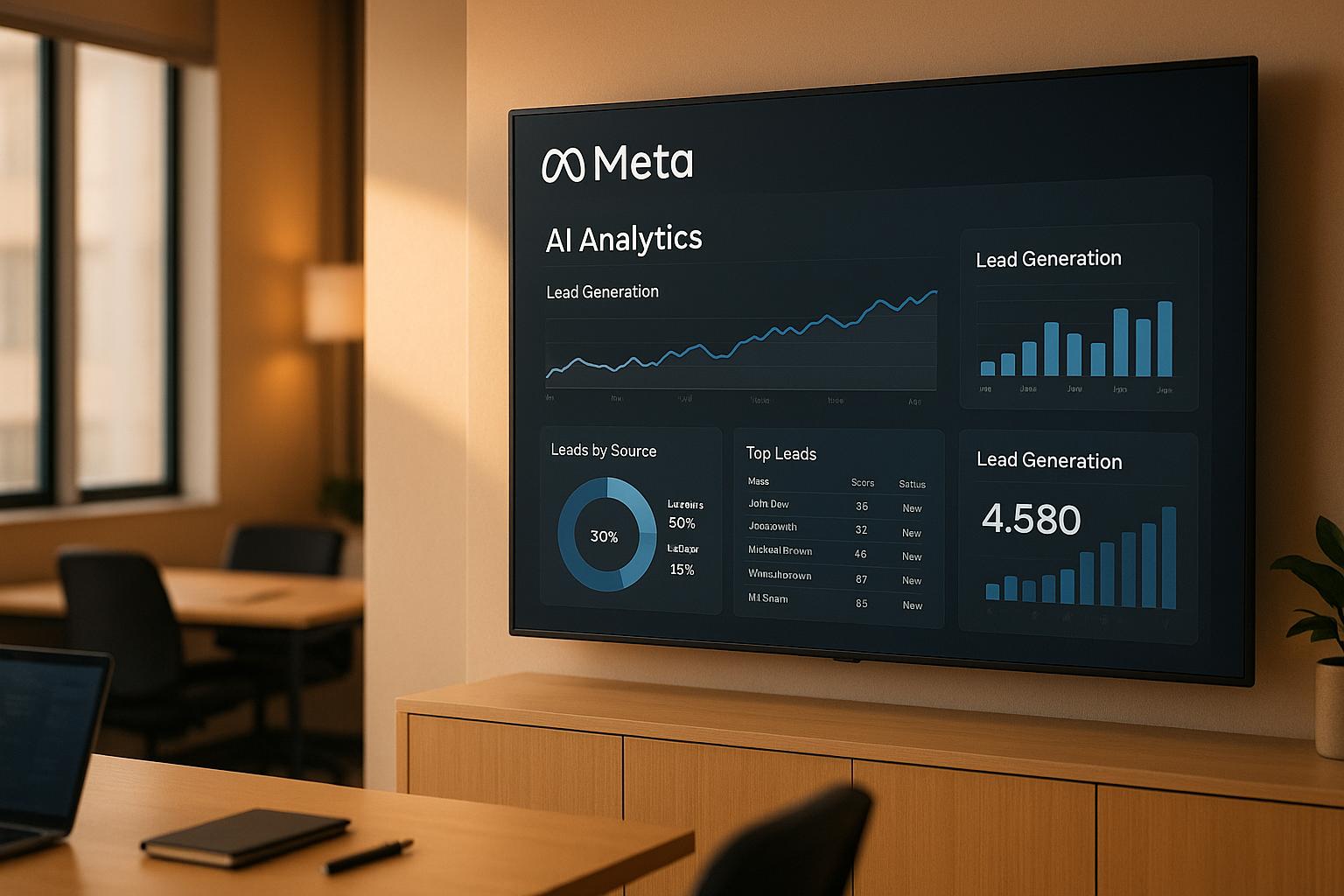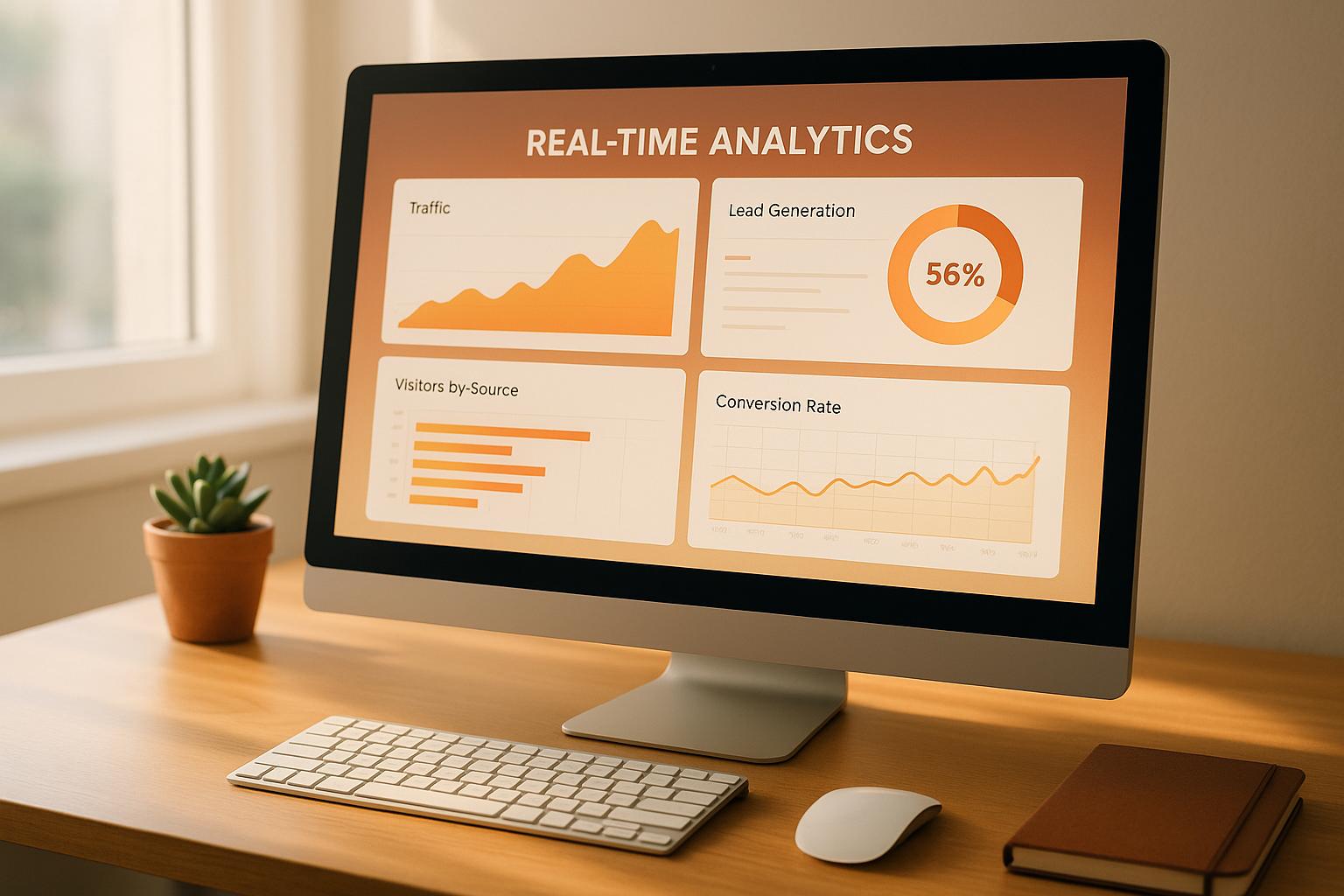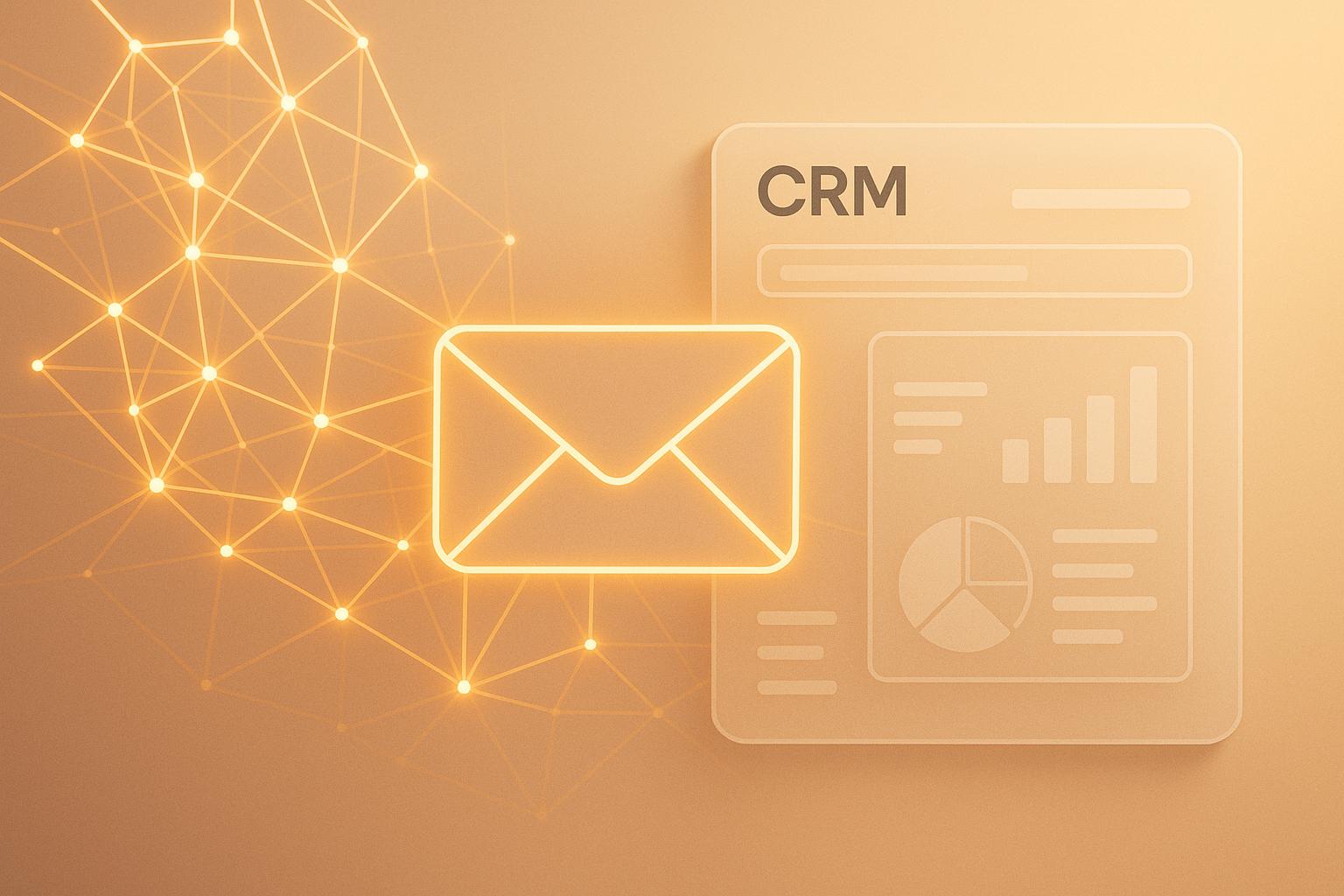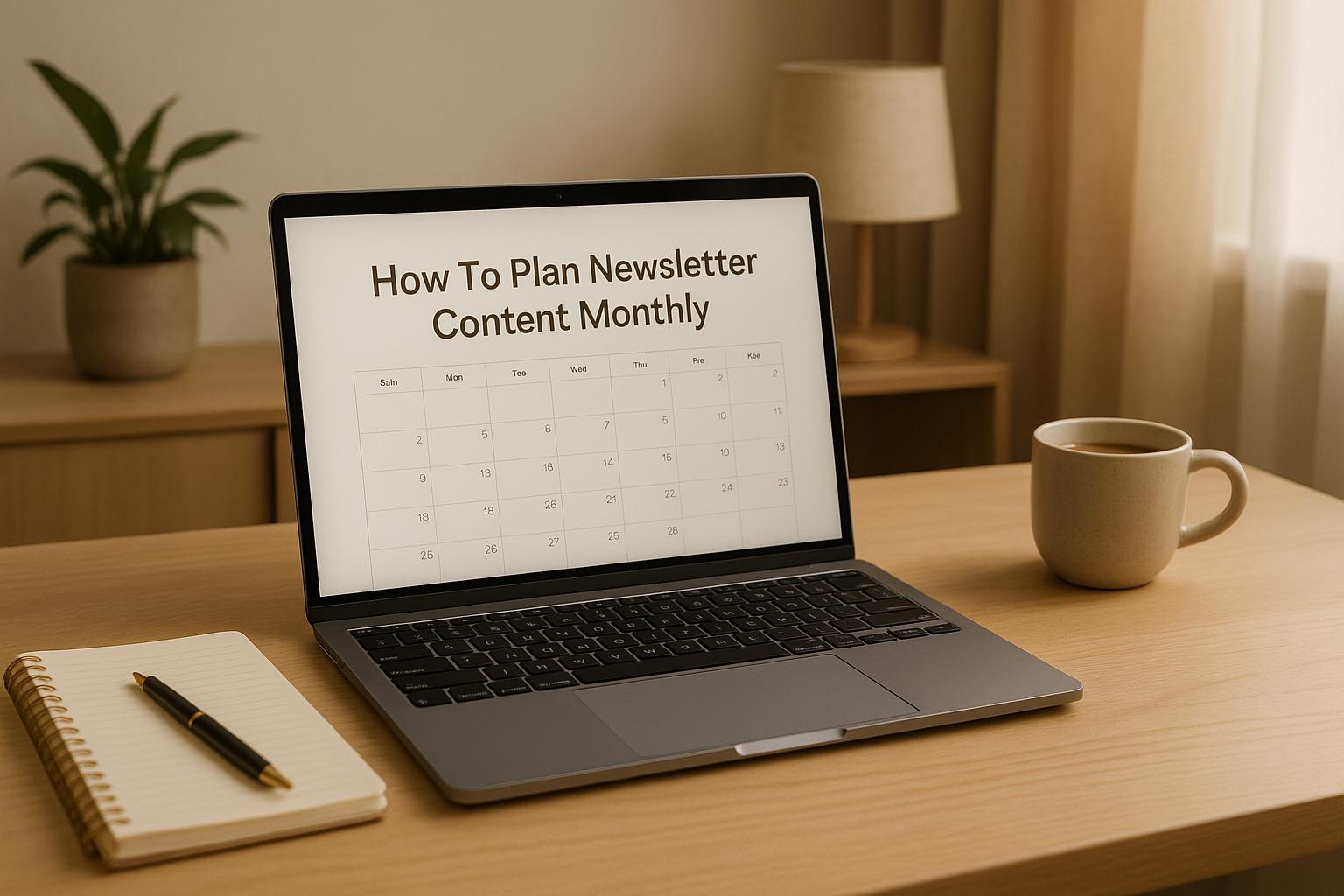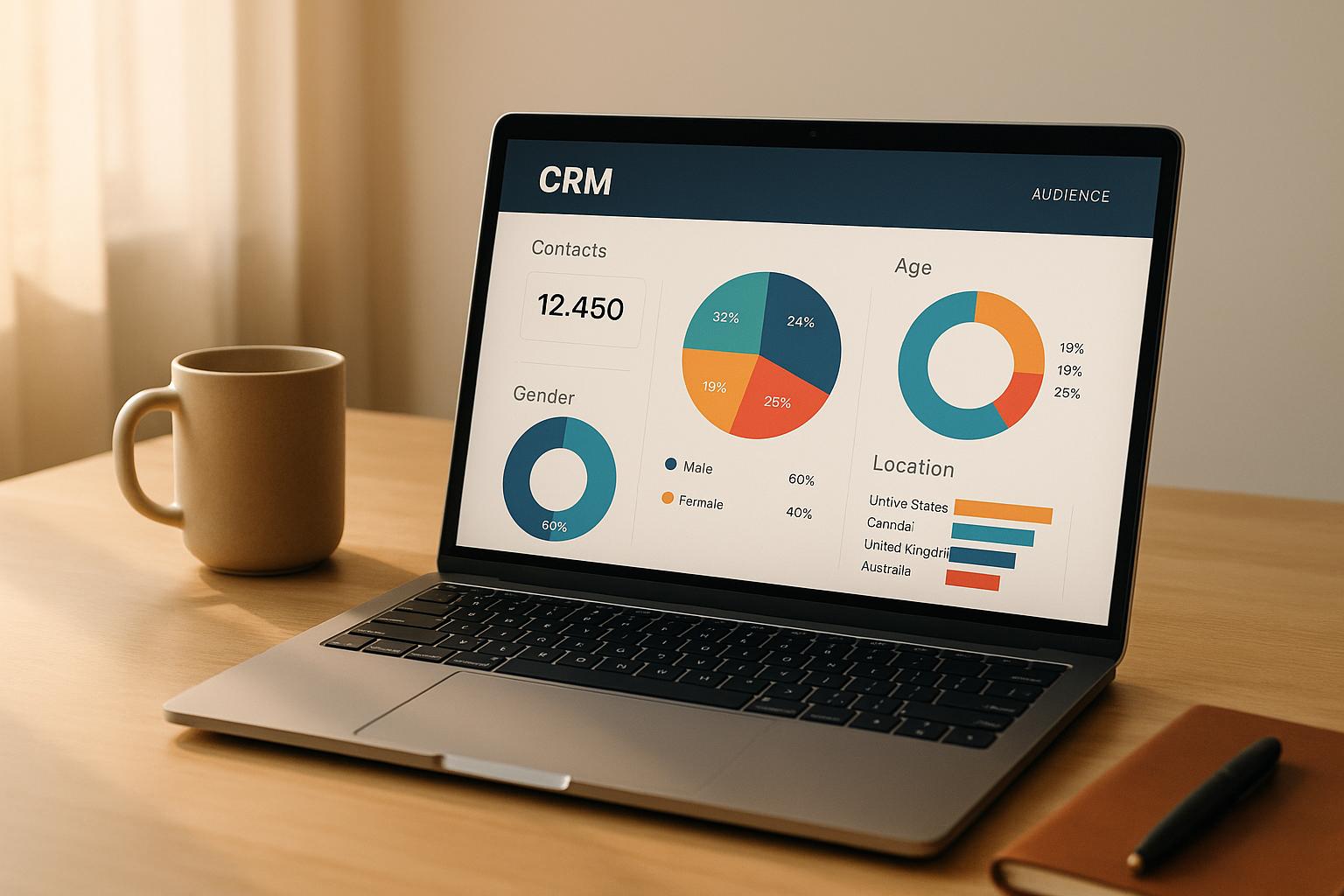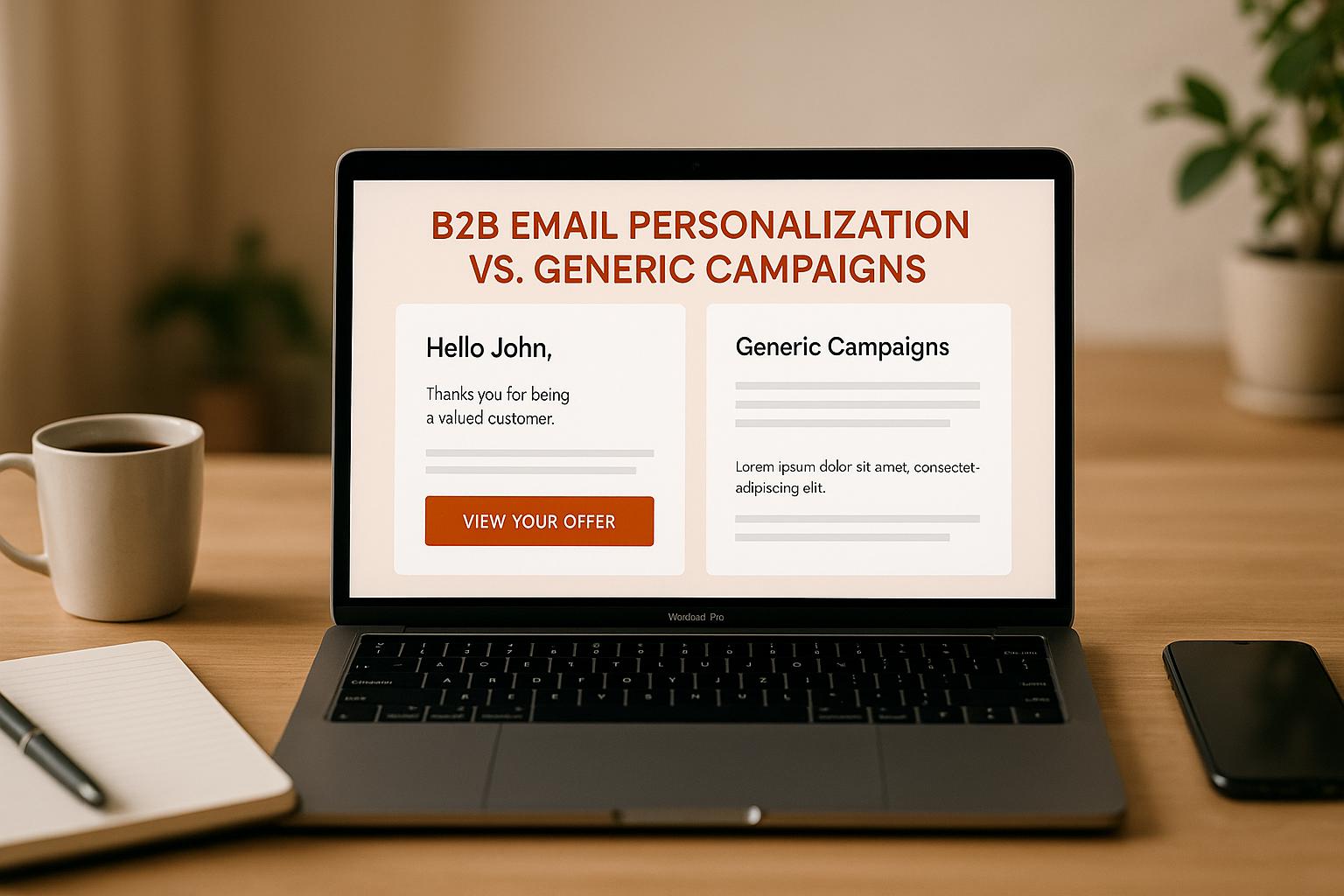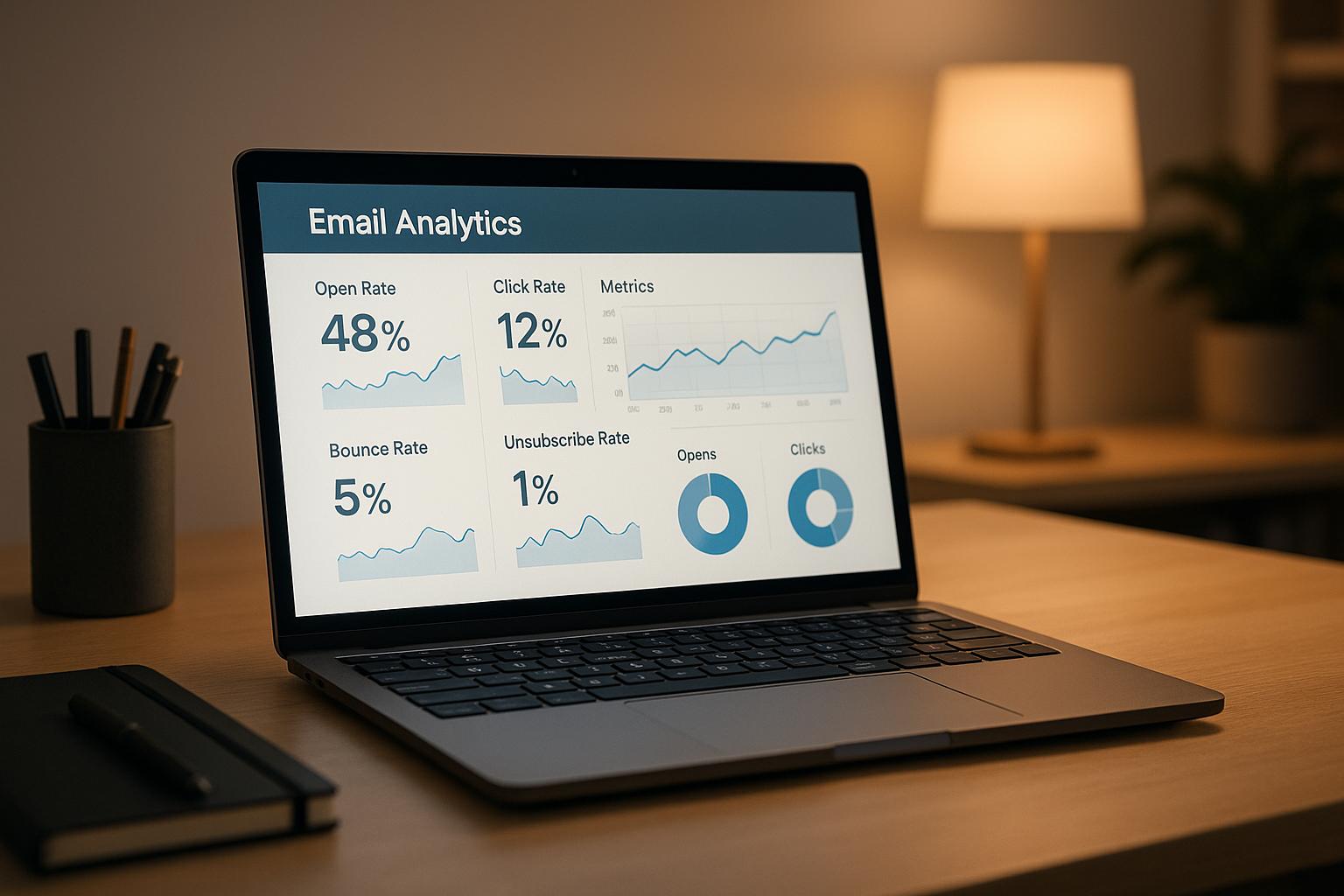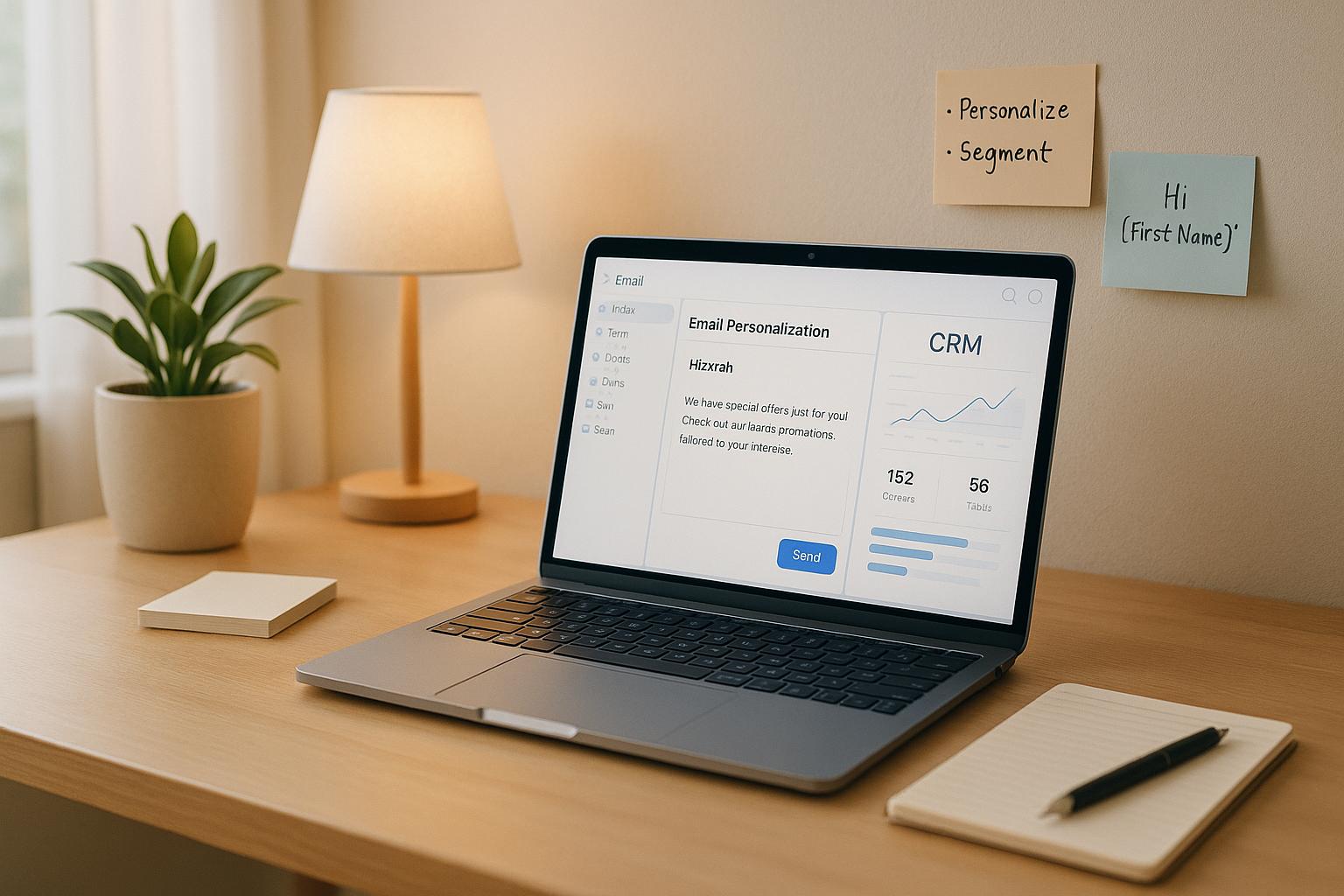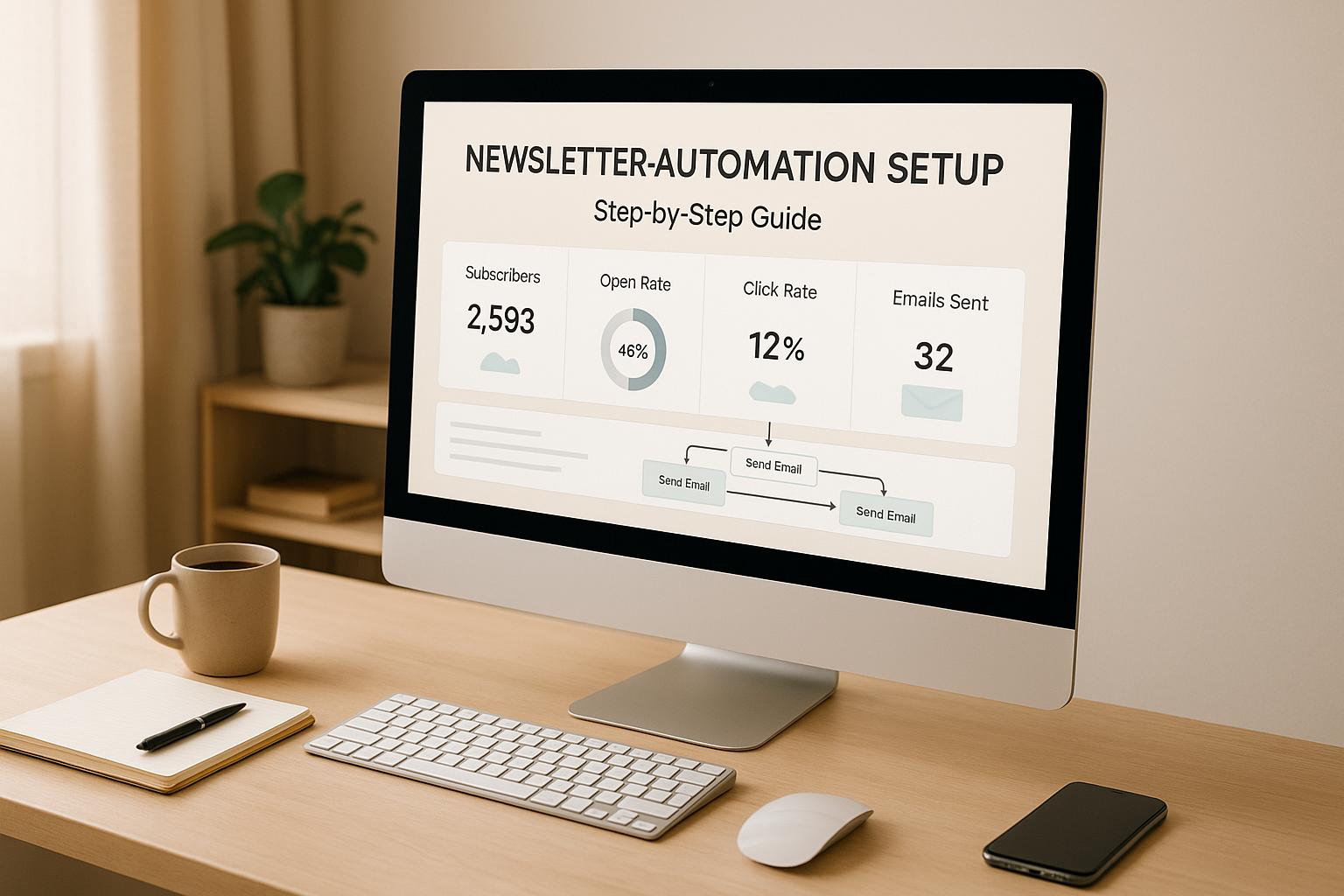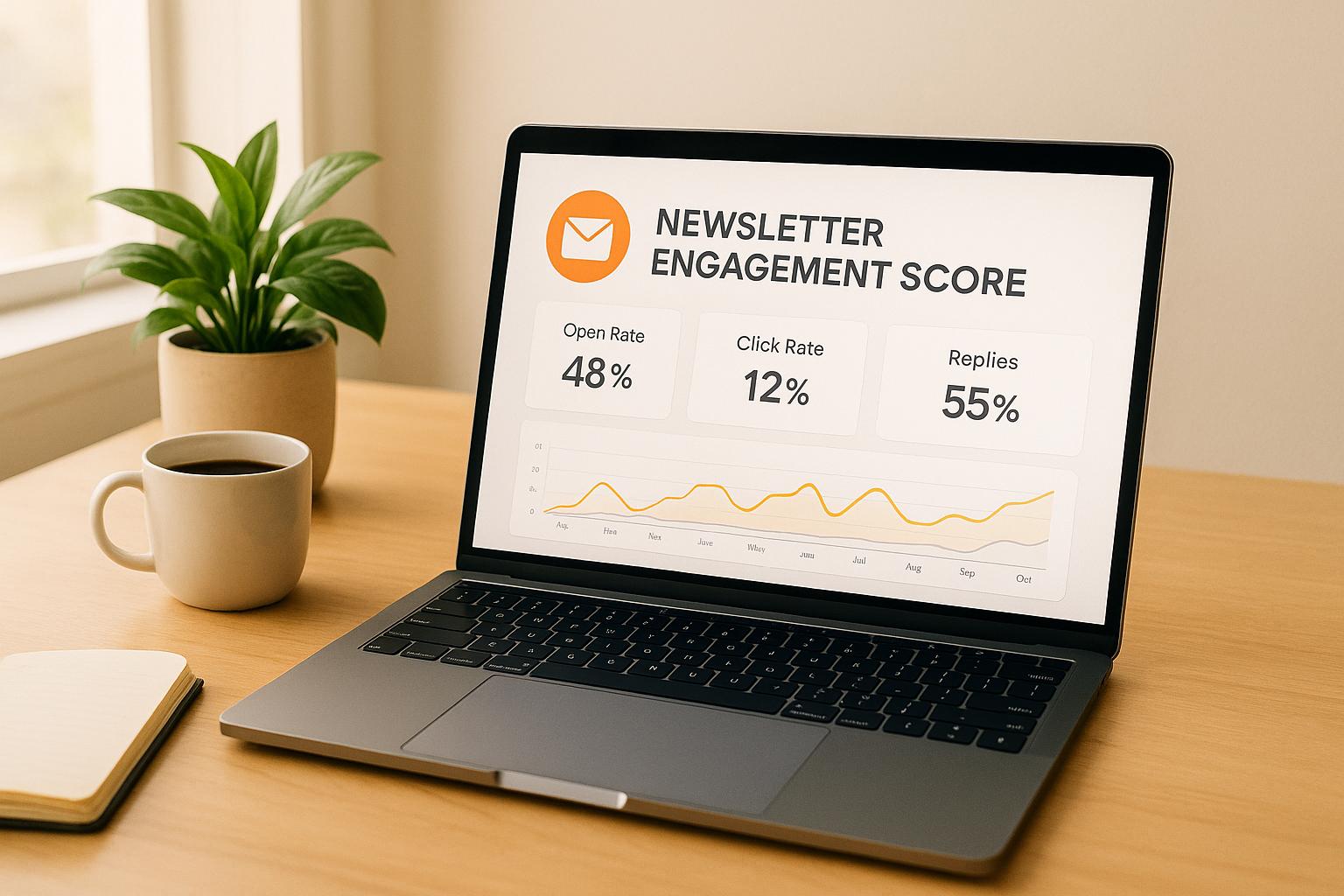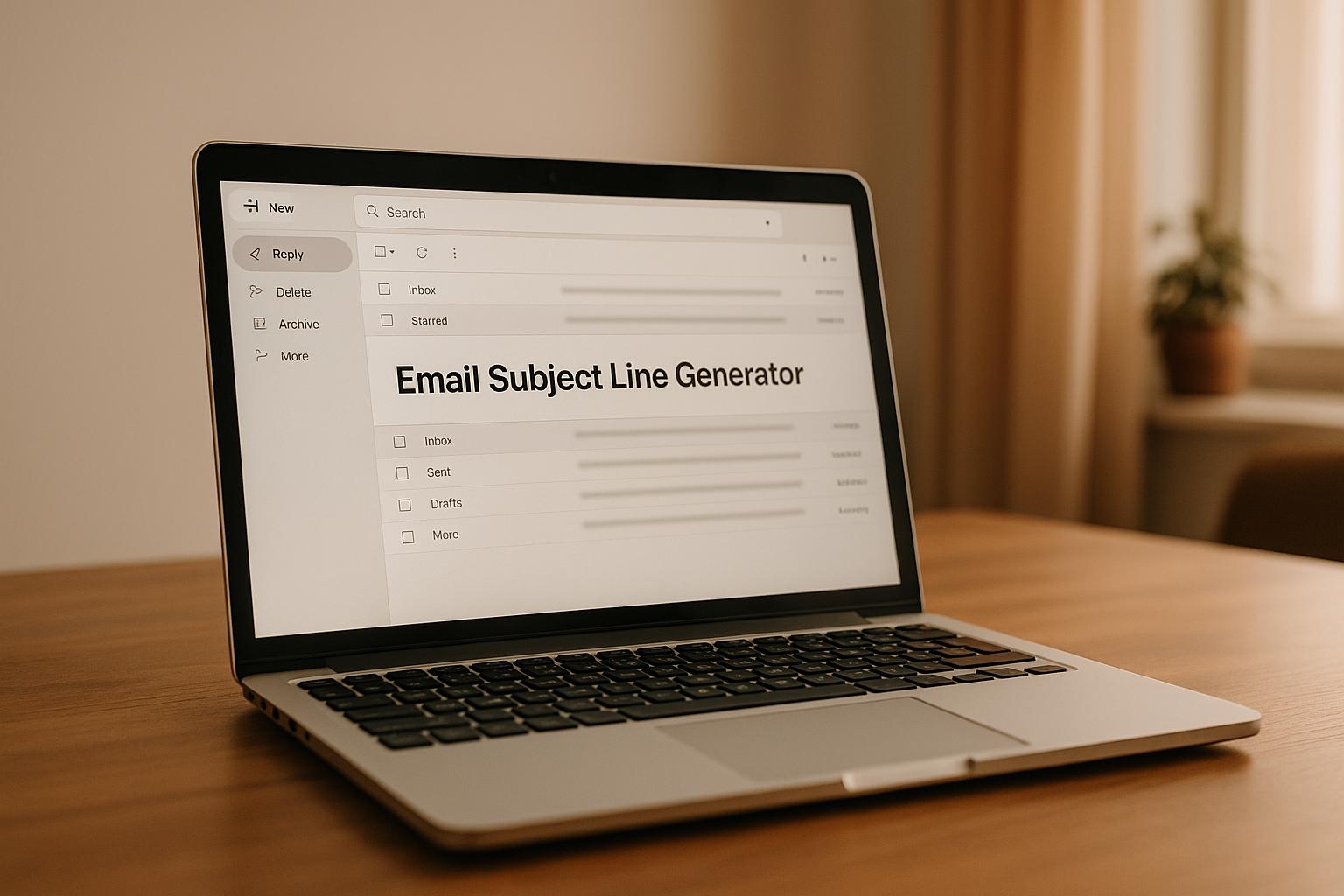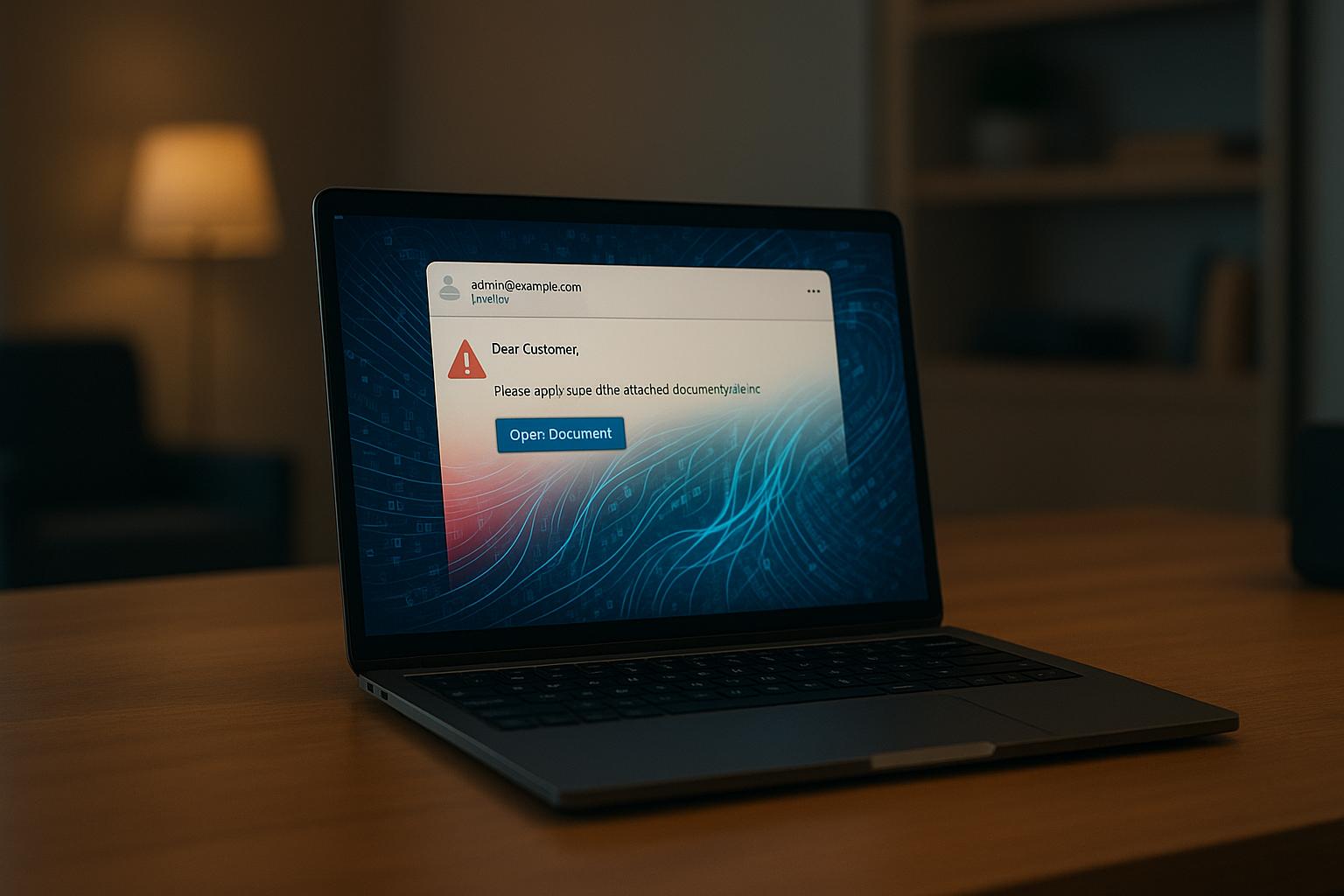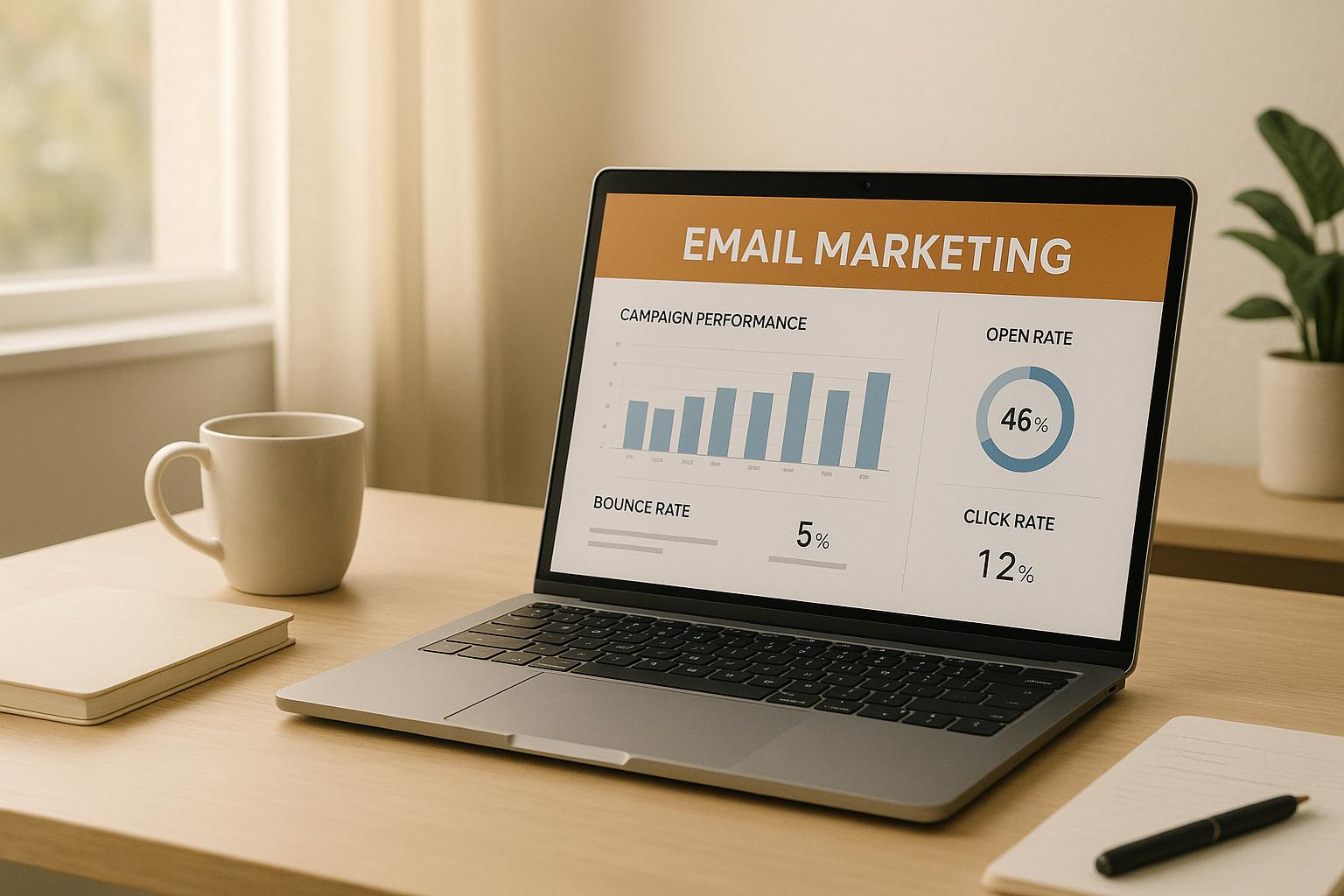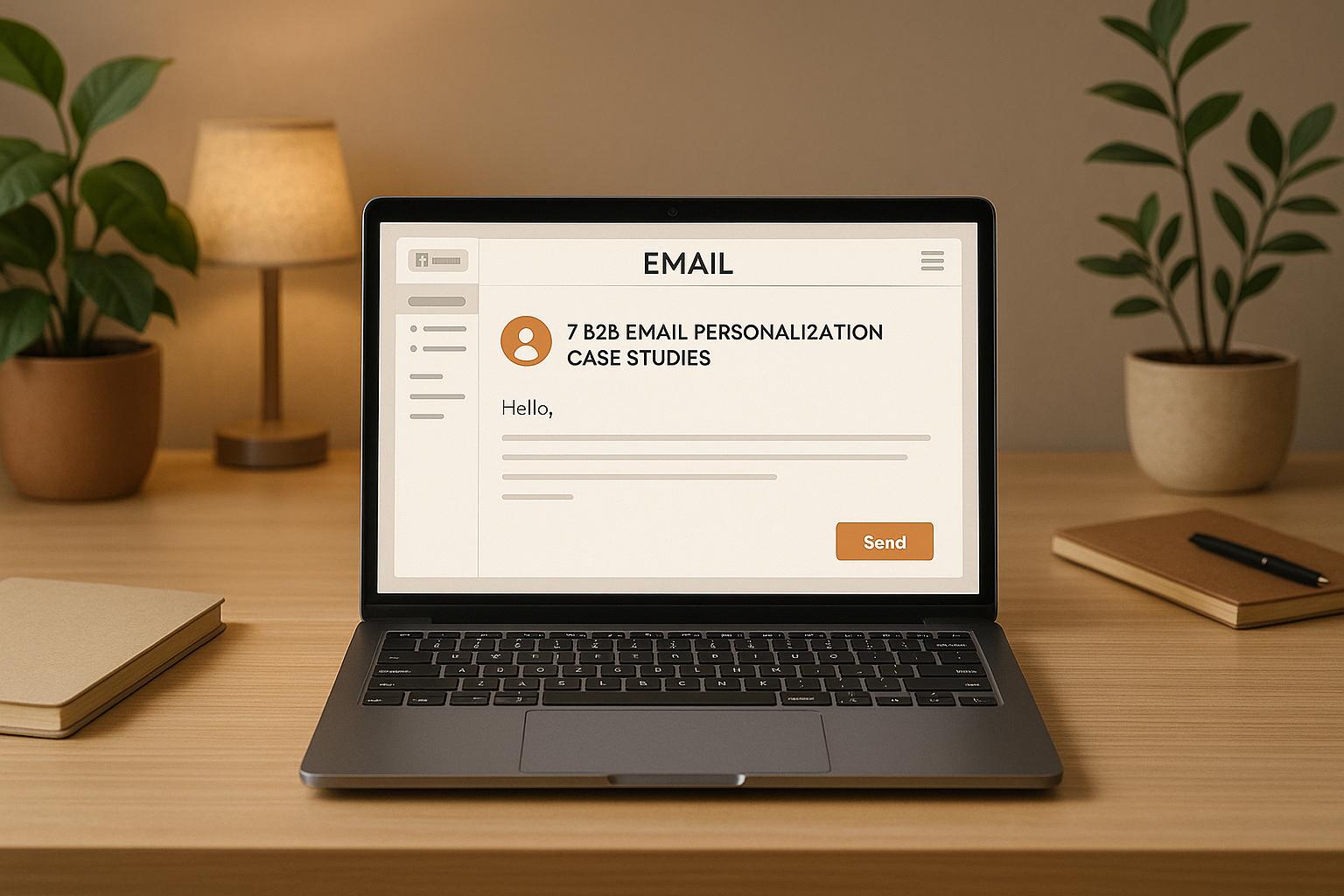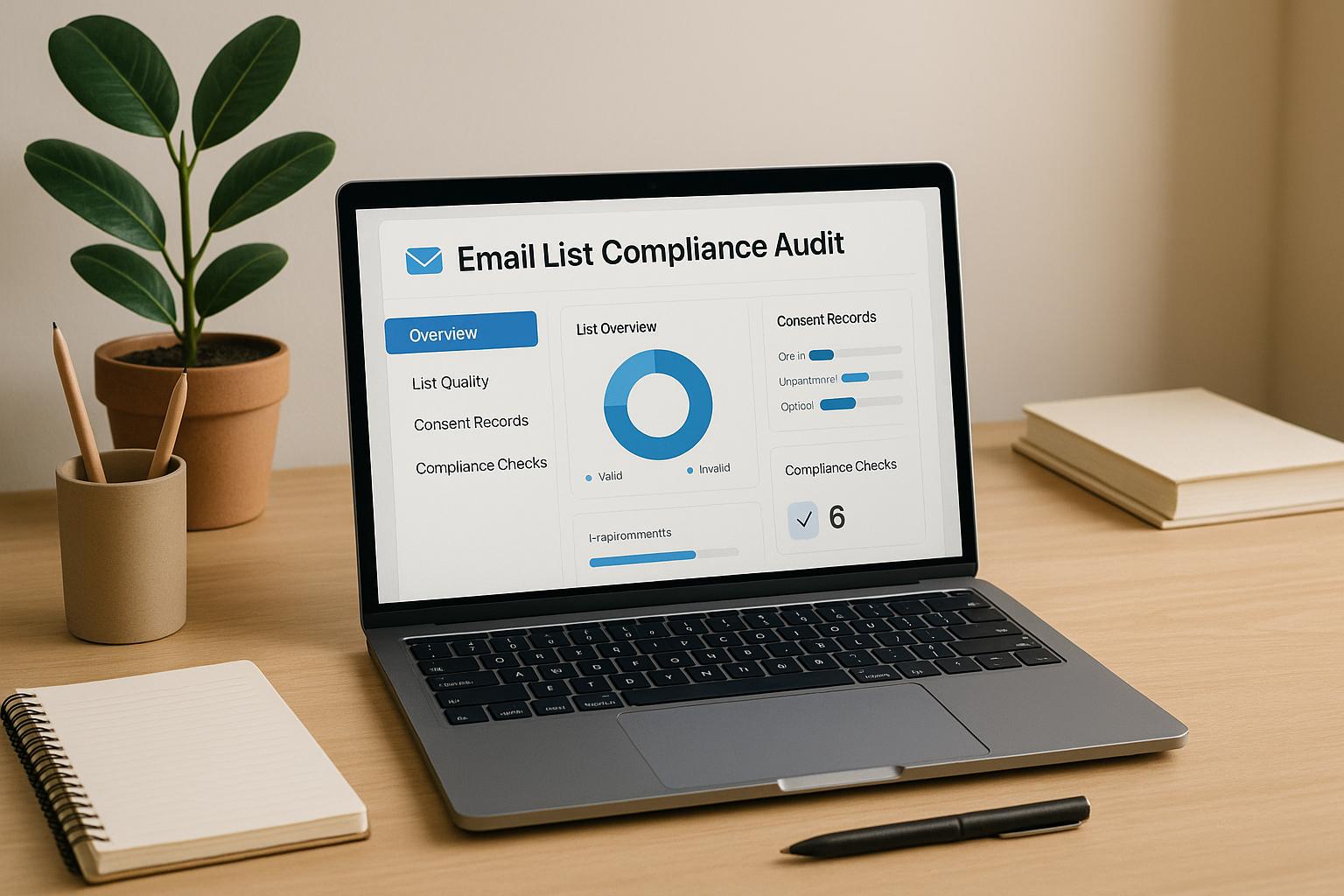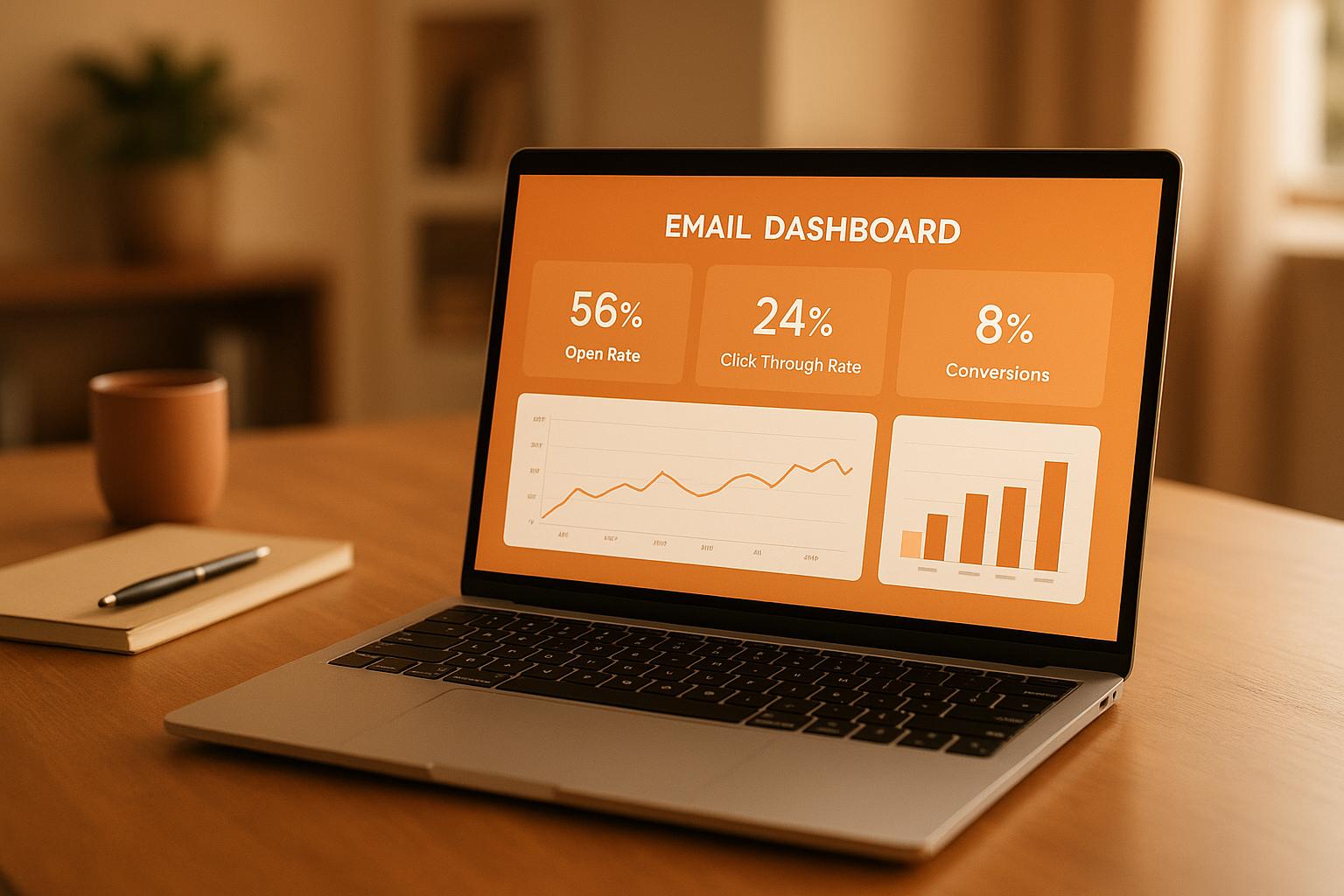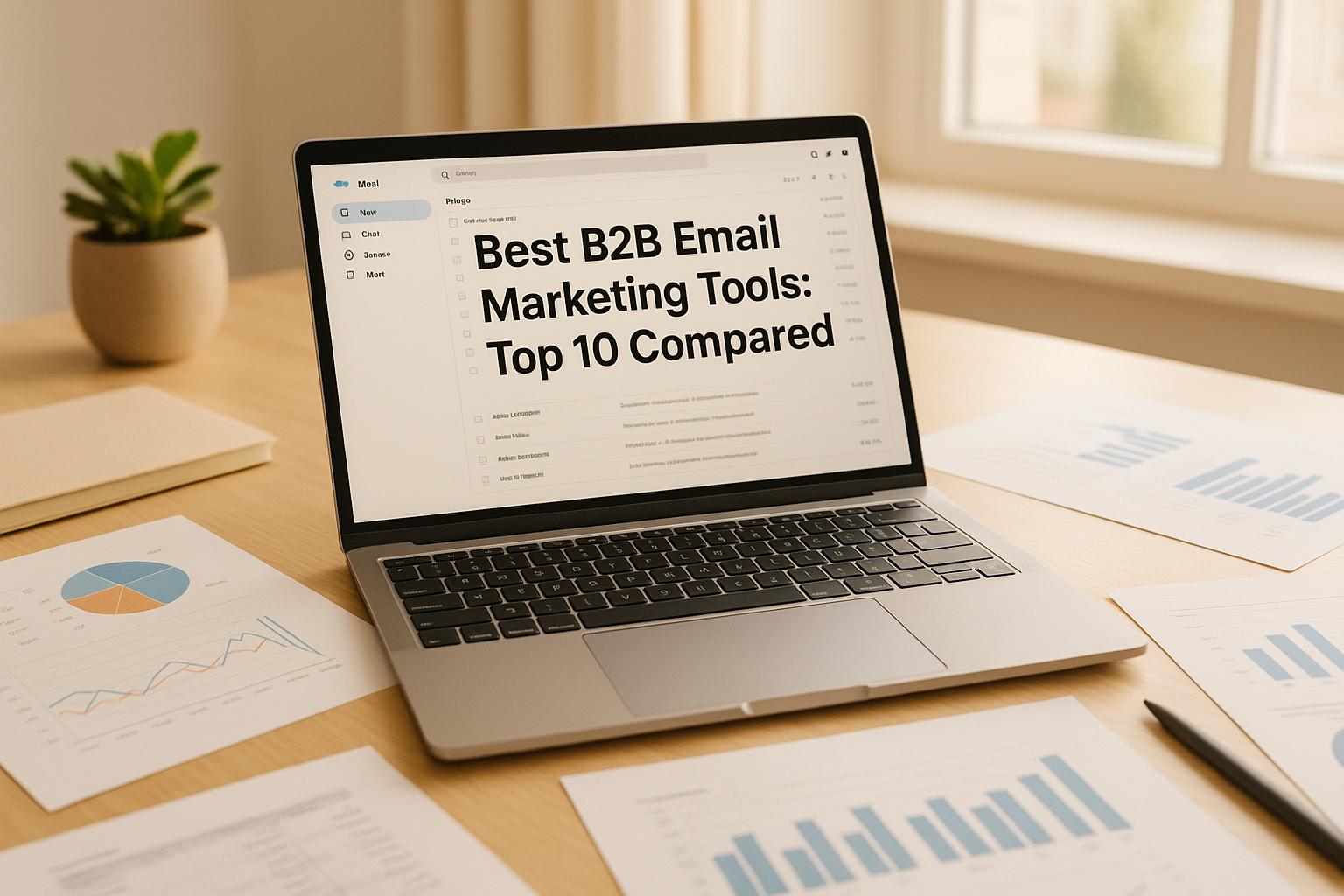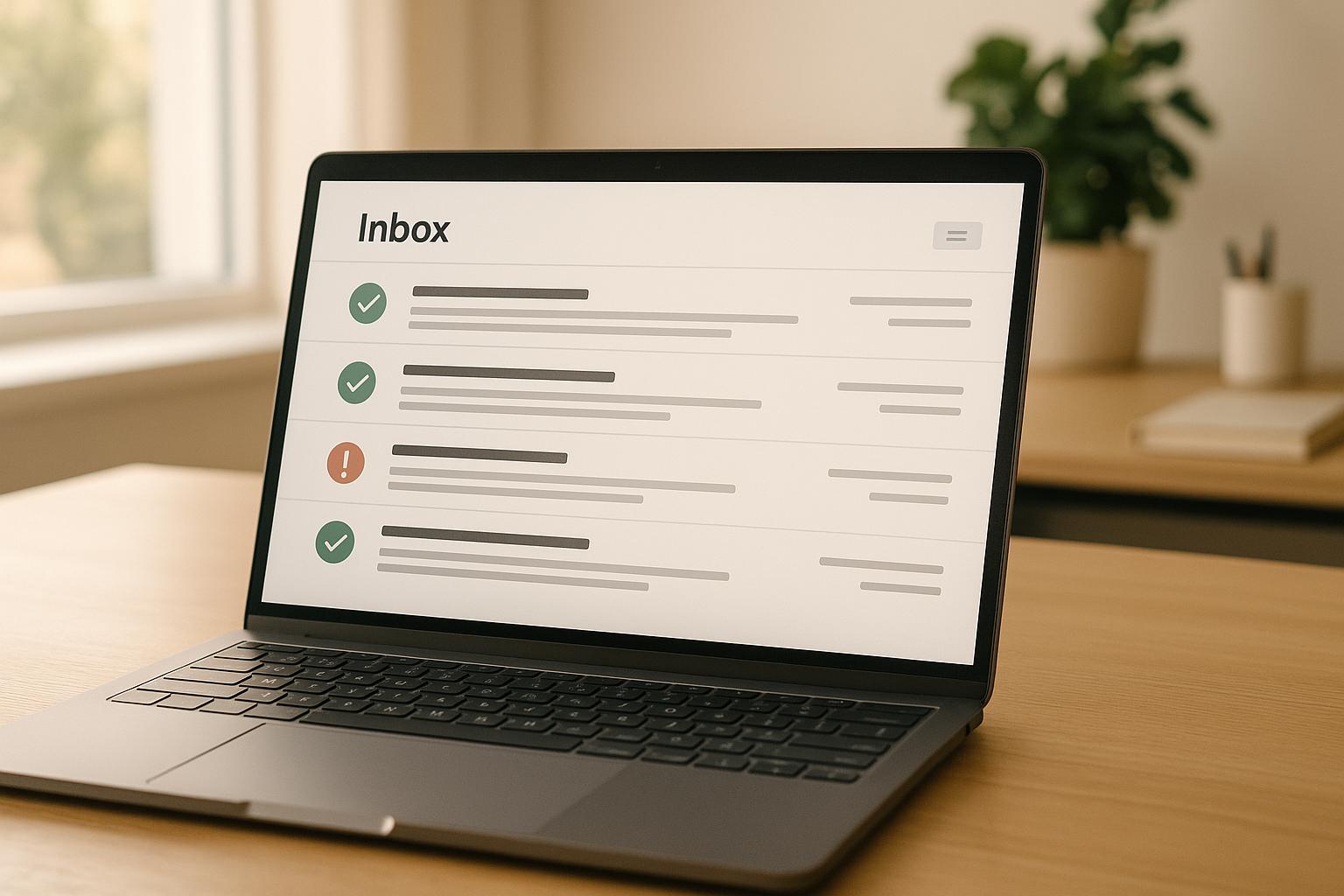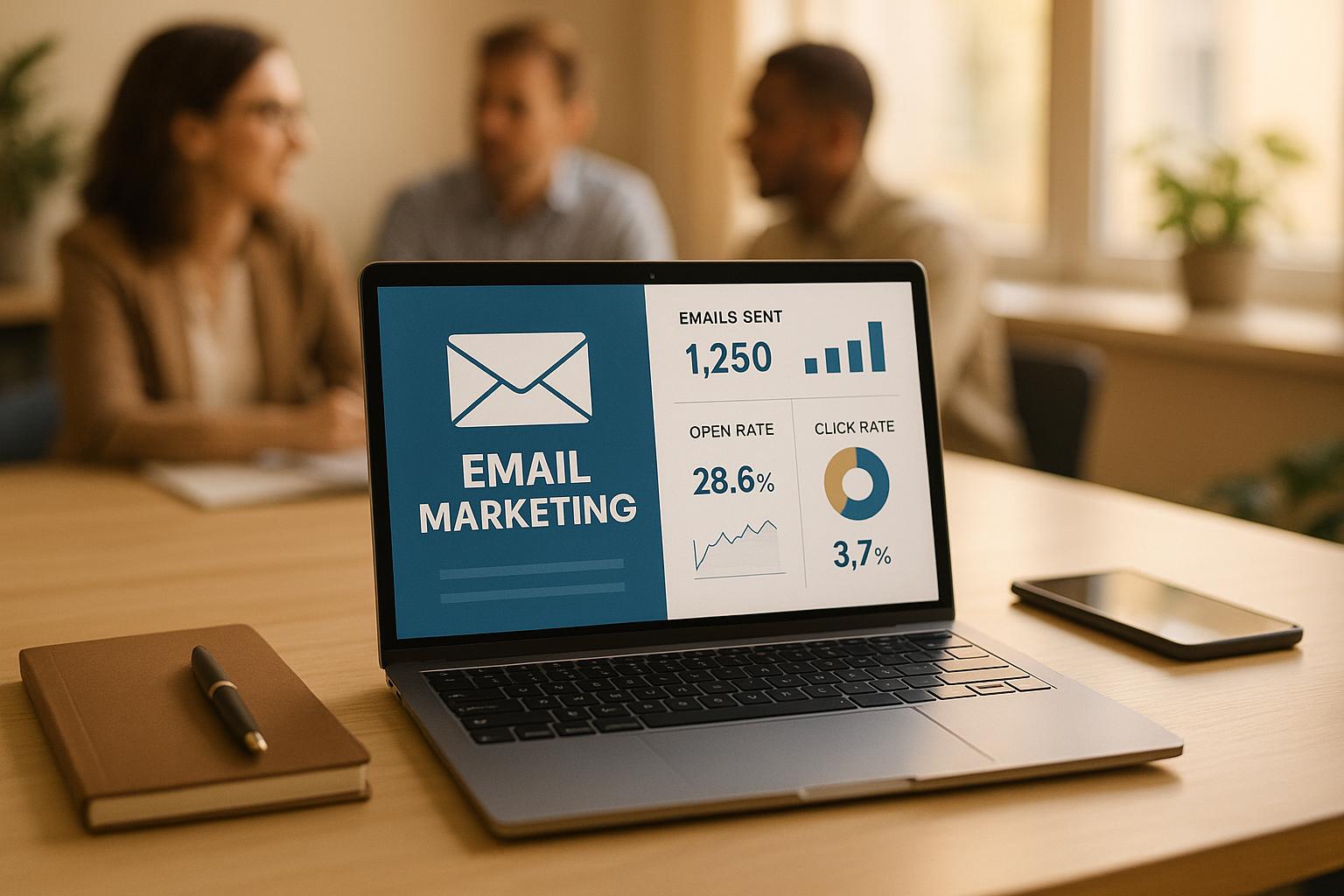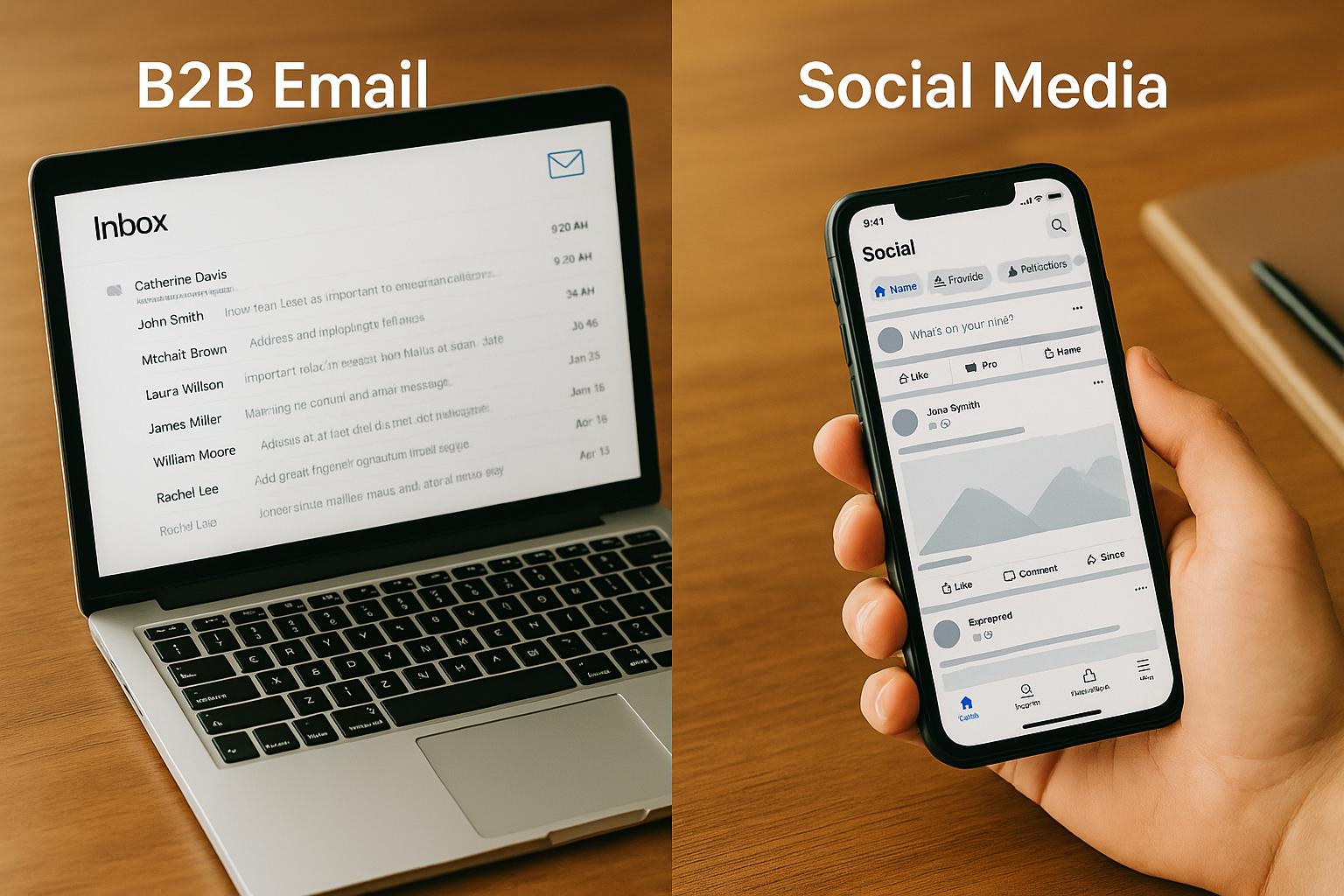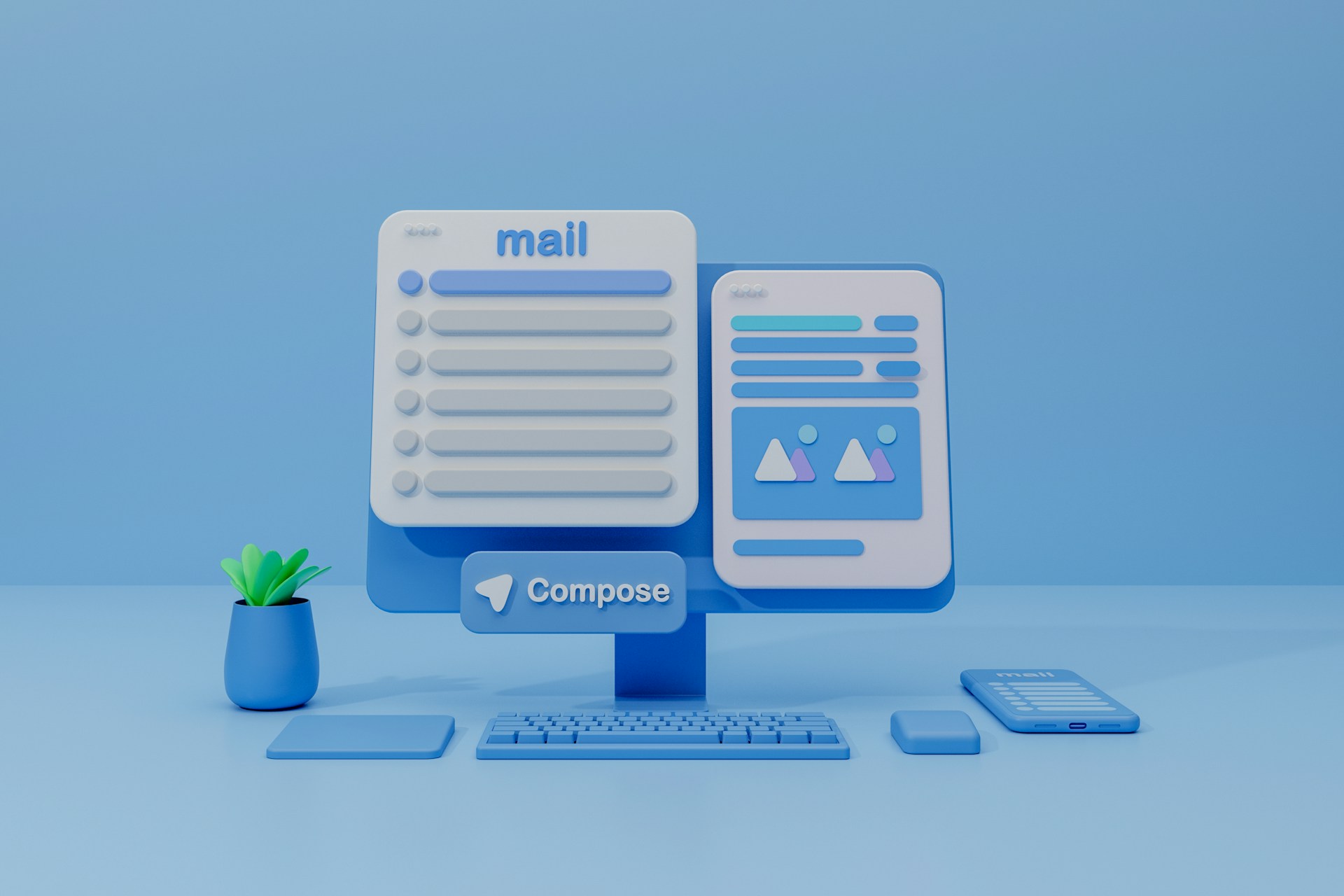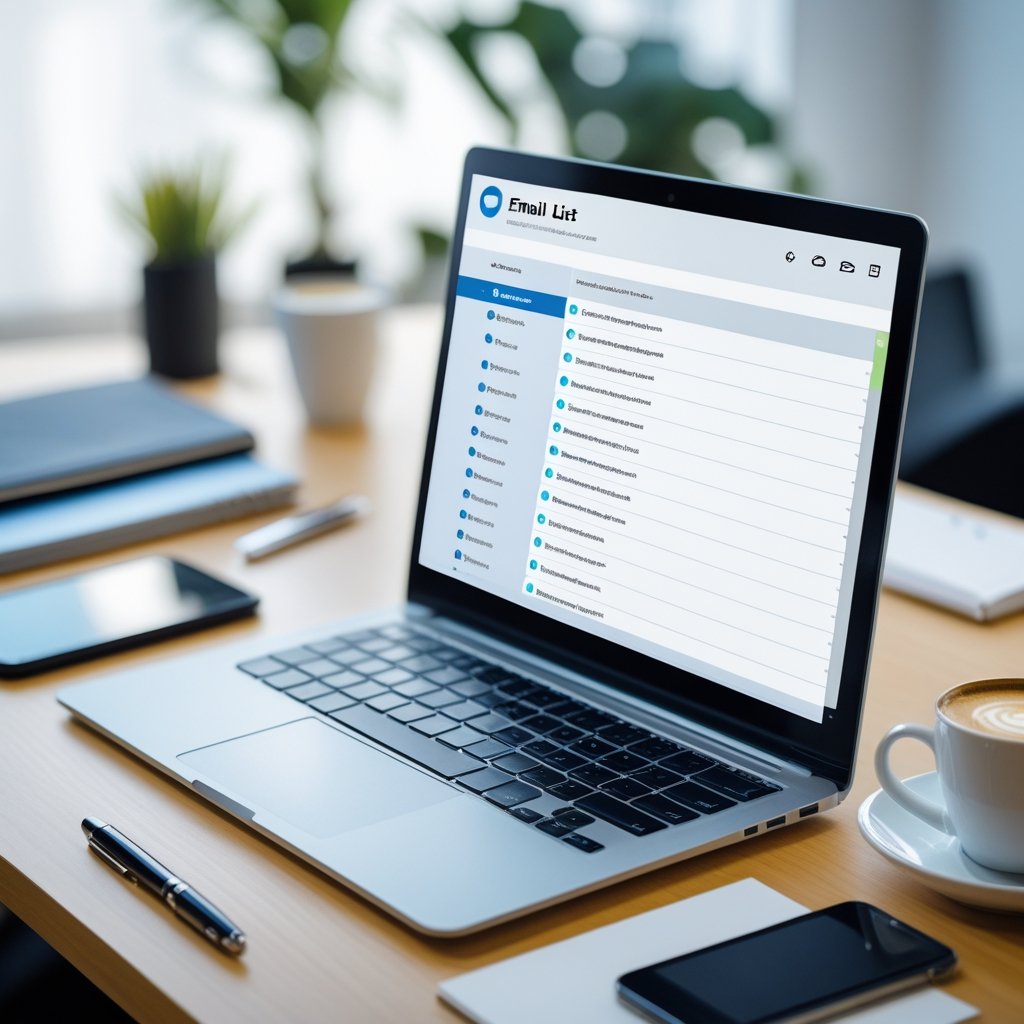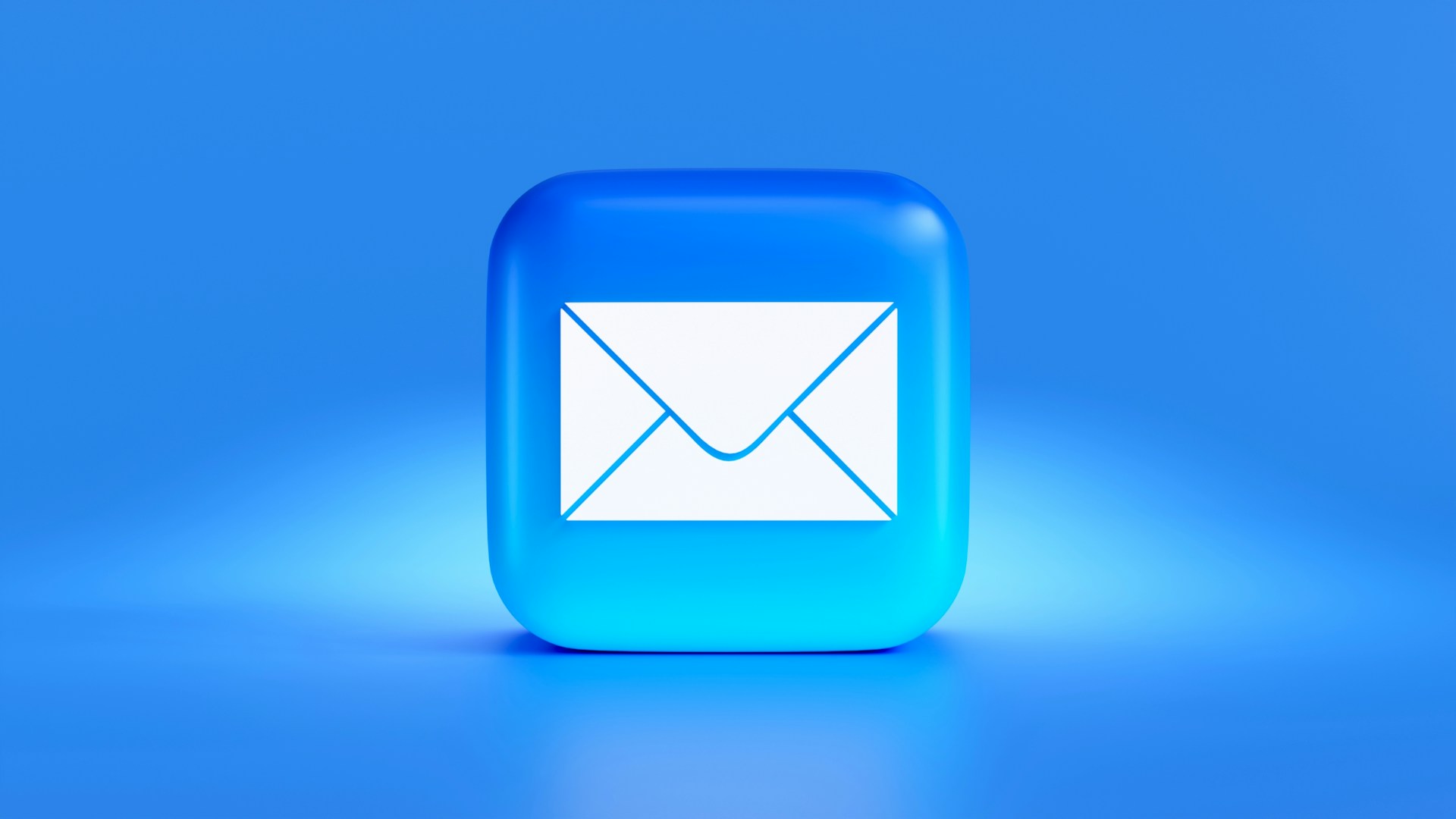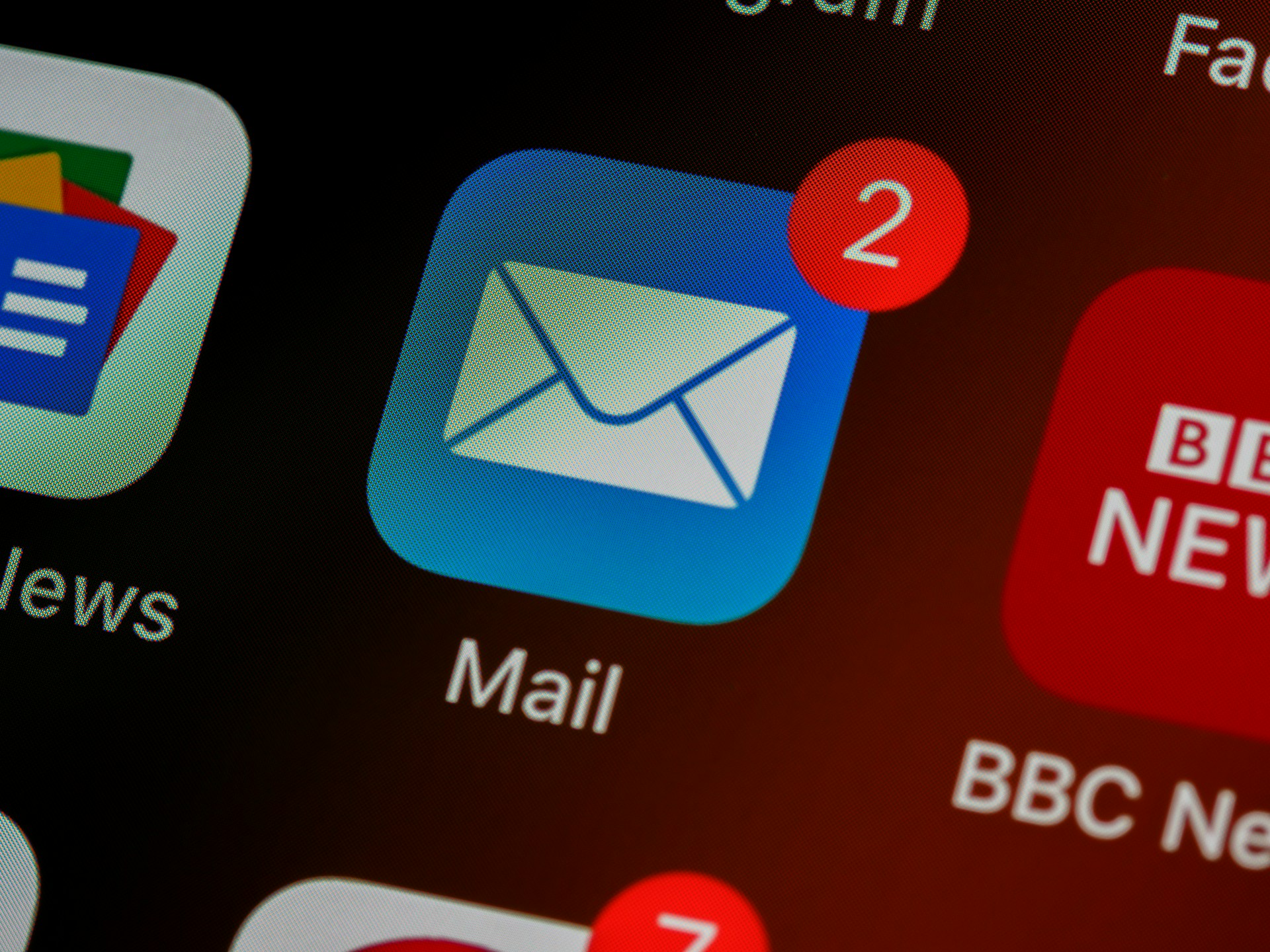How ABM Email Targeting Boosts Lead Quality
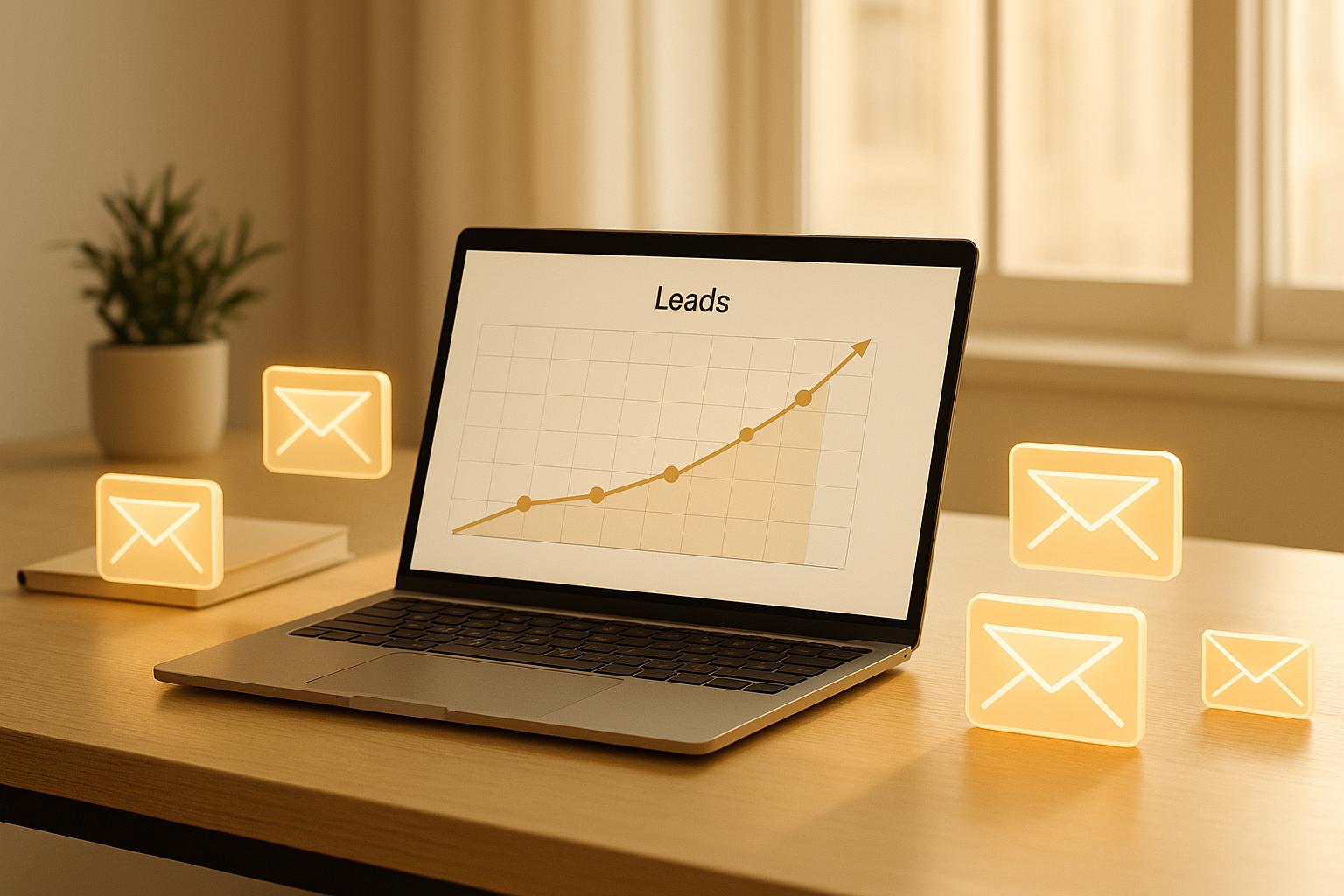
Want better B2B leads? ABM email targeting is the answer. Instead of sending generic emails to large audiences, ABM (Account-Based Marketing) focuses on tailored messages for high-value accounts. This approach improves lead quality, shortens sales cycles, and increases ROI by prioritizing meaningful engagement over sheer volume.
Key Takeaways:
- ABM vs Standard Email Marketing: ABM targets specific accounts with personalized content, while standard email marketing prioritizes broad reach and volume.
- Personalization is Critical: Tailor emails to the recipient’s role, company, and industry challenges for better engagement.
- Data-Driven Targeting: Use firmographic, technographic, and intent data to identify high-value accounts.
- Measure Success: Focus on metrics like account engagement, pipeline velocity, and revenue attribution to track ROI.
ABM email targeting shifts the focus from quantity to quality, ensuring your efforts resonate with decision-makers and drive real business results.
What is ABM Email Targeting
ABM Email Targeting Defined
ABM email targeting takes a focused approach by treating high-value accounts as individual markets. Instead of blasting out the same message to thousands of people, this strategy creates customized email campaigns tailored to specific companies or decision-makers within those companies.
The success of ABM email targeting isn’t about how many people open your emails - it’s about meaningful engagement with key accounts that have the potential to drive significant business. Each email is crafted using deep insights about the recipient’s company, their role, and the challenges they face in their industry.
For instance, an email sent to a CFO at a manufacturing firm would address financial concerns and operational efficiencies, while an email to a CTO at a SaaS company would focus on tech innovation and scalability. Even if both companies are similar in size, the messaging would reflect their unique priorities.
ABM vs Standard Email Marketing
ABM email targeting and standard email marketing differ in their approach, execution, and goals, making them suited for very different purposes.
Standard email marketing relies on a volume-driven model. Audiences are segmented using broad criteria like job title or industry, and marketers send similar messages to large groups. The performance of these campaigns is typically measured through metrics like open rates, click-through rates, and the total number of leads generated - without much emphasis on lead quality.
ABM email targeting, on the other hand, flips the script. It begins by identifying high-value accounts and then focuses on creating tailored content for key stakeholders within those accounts. The emphasis shifts from reaching as many people as possible to fostering deeper engagement with a select group. Metrics like account engagement, pipeline progression, and deal size take precedence over raw lead volume.
The messaging approach also varies. Standard campaigns often use generic value propositions aimed at broad audiences. ABM campaigns, however, reference specific company goals, recent news, or industry challenges that directly resonate with the target audience's role.
Another critical difference lies in resource allocation. Standard email marketing spreads resources thinly across a large audience, with relatively low investment per contact. ABM, by contrast, focuses heavily on fewer accounts, dedicating significant effort to research, personalization, and multi-step outreach for each target.
These differences highlight the need for specialized tools and strategies, which are explored in the next section.
Requirements for ABM Email Targeting
To execute a successful ABM email strategy, you’ll need more than just basic email marketing tools. Here are the essential elements that set ABM campaigns apart:
- Accurate and detailed data: High-quality data is the foundation of ABM. This includes firmographic details like company size and revenue, as well as behavioral data that shows how prospects engage with your content. Without reliable data, personalization can miss the mark and even alienate recipients.
- Alignment between sales and marketing: ABM requires close collaboration between these two teams. Sales should provide insights on account priorities and key contacts, while marketing delivers messaging that resonates with those individuals. Sales must also follow up on marketing efforts with personalized outreach.
- Advanced segmentation: ABM campaigns demand precise audience segmentation. Marketers must be able to create detailed groups based on criteria like account tier, buying stage, or stakeholder roles. Dynamic segmentation is especially important, allowing campaigns to adjust as prospects’ behaviors evolve.
- Content personalization tools: Personalization goes beyond just adding a name to an email. Tools that allow for dynamic content blocks, references to specific company details, and adjustments based on prior interactions are essential for creating impactful campaigns.
- Seamless integration: ABM email targeting must work hand-in-hand with CRM systems, marketing automation platforms, and analytics tools. This integration ensures you can track engagement across multiple channels and touchpoints, giving you a complete picture of your efforts.
- Deliverability optimization: ABM emails are highly personalized, which can sometimes trigger spam filters. To avoid this, you’ll need technical measures like domain authentication, IP warming, and sender reputation monitoring to ensure your emails reach the inbox.
With these elements in place, ABM email targeting becomes a powerful tool for driving meaningful engagement and building stronger relationships with key accounts.
ABM Plan: Create Personalized Emails, Content Plans & Ads in 10 Minutes with ChatGPT | Ashley Gross
How to Identify and Target High-Value Accounts
The success of your Account-Based Marketing (ABM) email campaigns depends heavily on selecting the right accounts from the outset. ABM thrives on precision, so your target accounts should align with your business goals and represent meaningful revenue opportunities.
Use Data to Pinpoint Target Accounts
Effective ABM starts with solid data. Begin by leveraging firmographic data, which includes details like company size, annual revenue, industry sector, geographic location, and growth stage. Focus on accounts with high revenue potential, sufficient budgets, and streamlined decision-making processes.
Next, incorporate technographic data to understand the technology stack your prospects use. This helps identify accounts that could benefit from your solutions while providing insights into integration needs and potential switching costs.
Intent signals are another critical layer of data. These signals - such as website visits, content downloads, search activity, and engagement with industry resources - indicate which accounts are actively researching solutions like yours. Accounts showing strong intent are often more likely to convert than those identified solely through firmographic data.
For a complete picture, combine firmographic, technographic, and intent data. For example, an account might meet your firmographic and technographic criteria but lack intent signals, suggesting it isn’t ready to buy. On the flip side, an account with strong intent signals - even if it doesn’t perfectly match your ideal firmographics - could represent a valuable opportunity, especially if it’s experiencing rapid growth.
Finally, pay attention to behavioral data. Tracking how prospects interact with your website - such as frequent visits to your pricing page or repeated downloads of technical documents - can reveal strong buying signals and help prioritize outreach.
Build and Maintain Accurate Email Lists
Once you’ve identified target accounts, it’s time to build a refined contact list. Unlike traditional email list-building, ABM requires a more tailored approach. Instead of focusing on volume, prioritize creating a list of key stakeholders within each account.
Map out the buying committee for each target account. In B2B sales, this often includes economic buyers, technical evaluators, end users, and influencers. For instance, in a marketing technology purchase, you might need to engage the CMO, Marketing Operations Manager, demand generation specialists, and even the CTO.
Accuracy is critical when working with smaller, high-value lists. One incorrect email address could mean losing access to a key decision-maker. Use email verification tools to ensure deliverability, and for your top-priority contacts, consider manual methods like checking LinkedIn profiles or company directories.
Gradually enrich your contact records over time. Start with basic details, then gather additional insights - such as role-specific preferences, technology needs, and buying timelines - through ongoing interactions.
Segmentation is key for ABM. Go beyond basic demographics and create segments based on factors like account tier (enterprise, mid-market, SMB), buying stage (awareness, consideration, decision), stakeholder role (decision-maker, influencer, end user), and engagement level. This granular segmentation allows for messaging that feels tailored to each recipient’s unique needs.
Keep your contact data clean and up-to-date. Personnel changes happen frequently, so establish processes to flag bounced emails, monitor job transitions (using tools like LinkedIn), and regularly audit your database. Periodic reviews ensure you don’t miss critical updates, like a new decision-maker joining a key account.
Improve Account Selection with Predictive Analytics
Predictive analytics can take your account selection to the next level. By analyzing patterns within your customer base, you can identify the traits that lead to successful deals and use these insights to target new prospects more effectively.
Lookalike modeling focuses on your best customers - those who close deals quickly, generate large contracts, or show high lifetime value. Analyze shared traits like industry, company size, technology stack, and growth trends to identify new accounts that resemble your ideal customers.
Propensity scoring assigns a value to each account based on its likelihood to purchase. Factors like firmographic fit, technographic compatibility, intent signals, and engagement data all contribute to these scores. Accounts with the highest scores should receive focused ABM efforts, while others can be nurtured with less intensive campaigns.
Timing prediction helps you decide not just who to target, but when. Predictive models analyze factors like funding rounds, leadership changes, technology upgrade cycles, and seasonal buying patterns to identify the ideal time to engage. For example, recent funding or budget planning often signals a higher likelihood of receptiveness.
On the flip side, churn prediction identifies existing customers at risk of leaving. By analyzing usage patterns, support interactions, contract renewal dates, and engagement levels, you can proactively address issues before they lead to churn.
Advanced predictive models can also incorporate external data sources, such as news mentions, job postings, patent filings, or regulatory updates. For example, if a company is hiring for key roles or making headlines for growth, it could signal a prime opportunity for ABM outreach.
How to Personalize Email Campaigns for Better Engagement
After identifying your high-value accounts and creating precise contact lists, the next step is crafting emails that feel personal and relevant to each recipient. Generic, mass emails won’t cut it in an account-based marketing (ABM) strategy. Your prospects expect messages that address their specific challenges and goals. Let’s break down how dynamic content and automation can help tailor your emails to make a real impact.
Dynamic Content and Custom Messaging
Dynamic content allows you to use one email template that adapts automatically based on recipient data. This approach saves time while still delivering a personalized experience.
Start by referencing details specific to the recipient's account, like their company name, industry challenges, or recent news. For instance, if you're reaching out to a healthcare organization that's expanding, mention how your solution can support their growth. This shows you’ve done your homework.
Tailor your messaging to the recipient's role. A CFO will prioritize cost savings and ROI, while a CTO will care more about technical implementation and security. Addressing their unique concerns makes your email far more engaging.
Consider geographic context as well. Mention local market conditions, regulations, or even time zones. For example, if you’re contacting someone in California during wildfire season, referencing how your solution can assist with remote work demonstrates empathy and awareness.
Social proof is another powerful tool. Include testimonials or case studies from companies in similar industries. A manufacturing company will connect better with success stories from other manufacturers than from unrelated fields. Matching your social proof to the recipient’s context makes your message more relatable.
To implement these personalized touches at scale, automation becomes a key part of the process.
Use Automation for Scalable Personalization
Automation doesn’t strip away personalization - it ensures consistent, relevant messaging across all your target accounts. Today’s email platforms can manage complex personalization rules with ease.
Progressive profiling helps you gather more data about your prospects over time. Start with basic information and gradually build out their preferences, pain points, and buying criteria through ongoing interactions. With each touchpoint, your emails can become increasingly tailored.
Behavioral triggers allow you to respond based on a prospect’s actions. For example, if someone visits your case studies page, you can automatically follow up with additional success stories from their industry. If they explore content about a specific feature, send them technical documentation or a demo invitation to keep the momentum going.
Lead scoring integration ensures that your most engaged prospects get priority. High-scoring accounts can trigger alerts for your sales team, while lower-scoring leads might enter a nurturing sequence. This ensures your team spends their time where it matters most.
AI-powered send time optimization analyzes open and click patterns to determine the best time to send emails to each recipient. By delivering messages when they’re most likely to engage, you increase the chances of your email being seen.
Finally, optimize subject lines to grab attention. Include the recipient’s company name, industry terms, or specific pain points. For example, “How [Company Name] Can Cut IT Costs by 30%” is far more compelling than a generic subject line.
Match Emails to Buyer Journey Stages
Personalization doesn’t stop with names and roles - it’s also about sending the right content at the right time. Tailor your messaging to match where the prospect is in their buyer journey.
- Awareness Stage: Focus on educational content that helps prospects understand their challenges and potential solutions. Share industry insights, trends, and problem-solving ideas rather than diving into product specifics. The goal is to establish credibility.
- Consideration Stage: At this point, prospects are evaluating their options. Provide comparison guides, case studies, and solution frameworks to help them weigh their choices. Highlight the criteria they should use to make a decision, positioning your solution as the best fit.
- Decision Stage: Now it’s time to get specific. Share product details, pricing, implementation timelines, and references from similar customers. Address any objections and provide the information they need to confidently move forward.
- Post-Purchase: After the sale, focus on onboarding, success, and expansion. Welcome new customers with guides and success metrics. For existing clients, introduce advanced features or complementary solutions to add more value.
- Re-Engagement: If a prospect has gone quiet, reach out with new information or incentives to restart the conversation. Sometimes a simple “checking in” email with updated case studies can reignite their interest.
Track engagement patterns to identify when a prospect transitions between stages. For example, if someone moves from downloading educational content to exploring technical documentation, they’re likely shifting from awareness to consideration. Adjust your messaging to stay relevant.
Create a content map to ensure you have materials ready for each stage and stakeholder type. For instance, a technical evaluator in the consideration stage will need different information than an economic buyer at the same stage. This approach ensures you’re prepared for every scenario.
sbb-itb-8889418
How to Measure and Optimize Lead Quality and Campaign ROI
Once your ABM emails are live, the next step is to measure how well they’re performing and make adjustments on the fly. This means tracking the right metrics, using real-time insights, and establishing feedback loops to fine-tune your targeting and messaging.
Key Metrics for Lead Quality and Engagement
Traditional email metrics like open rates and click-through rates only scratch the surface when it comes to ABM campaigns. To truly understand lead quality and their impact on your business, focus on these deeper insights:
Email engagement rates
Look beyond overall engagement and zero in on interactions from your target accounts. For instance, prioritize open rates from high-value accounts rather than general numbers. Break down your data by account tier - tracking opens, clicks, and replies - to see which groups are engaging most.
Conversion rates by account value
Measure how many prospects move to the next step, whether it’s requesting a demo, downloading content, or scheduling a sales meeting. Compare conversion rates across account tiers and adjust your messaging if top-tier accounts aren’t converting as expected.
Pipeline velocity
This tracks how quickly leads move from first engagement to closed deals. ABM emails, when well-timed and relevant, can speed up this process. Monitor the time it takes for leads to progress through your pipeline to ensure your emails are driving better lead quality.
Account engagement depth
In B2B sales, success often hinges on involving multiple decision-makers. Track unique opens and clicks across different contacts within the same account to gauge whether you’re gaining traction with key stakeholders.
Revenue attribution
Tie your email efforts directly to closed deals to calculate ROI. Use UTM codes and tracking tools to identify which campaigns generate the most valuable leads and revenue.
Cost per qualified lead
Evaluate the efficiency of your ABM emails by comparing costs - including platform fees, content creation, and staff time - against the number of qualified leads generated. For example, if your ABM emails deliver leads at $150 each versus $400 from broader campaigns, the value of personalized targeting becomes clear.
These metrics form the backbone of a successful ABM strategy, helping you refine and improve over time.
Use Real-Time Analytics for Campaign Improvement
Metrics are just the starting point - real-time analytics allow you to act quickly and adapt. Static monthly reports don’t cut it anymore. Real-time insights let you adjust underperforming campaigns or amplify successful ones immediately. A survey revealed that while over 80% of respondents want to use analytics for real-time actions, only 22% effectively do so. That’s a missed opportunity, especially since 60% of business leaders report improved customer retention thanks to real-time data.
For instance, live dashboards can flag drops in engagement from high-value segments, prompting swift action. Behavioral triggers can alert your team to follow up when a prospect shows interest, like visiting your pricing page.
Continuous monitoring also enables dynamic content adjustments. If emails focusing on "cost savings" perform better with CFOs compared to those emphasizing "efficiency gains", you can shift your messaging accordingly. A/B testing with instant feedback helps you reallocate resources to the most effective variations, keeping your campaigns agile.
Real-time data also strengthens multichannel efforts. For example, if your email campaign generates unexpected interest from a specific industry, you can quickly adjust your LinkedIn outreach to build on that momentum.
Integrate CRM and Analytics Platforms
Disconnected systems can make it harder to assess performance and evaluate lead quality. By integrating your email platform with CRM and analytics tools, you get a complete picture of prospect behavior. Here’s what you gain:
- Closed-loop reporting: Track prospects from their first email interaction to a closed deal, identifying which messages influenced their journey.
- Lead scoring integration: Automatically adjust a lead’s score when they take meaningful actions, like downloading a white paper, so your sales team knows when to follow up.
- Account-level tracking: Combine email interactions, website visits, and content downloads for a full view of account engagement.
- Attribution modeling: Use multi-touch attribution to see how your emails contribute to deals, even if the conversion happens months later.
- Predictive analytics: Integrated data can power algorithms to identify which accounts are most likely to convert based on patterns in engagement and behavior.
- Data hygiene and reporting: Automated synchronization keeps contact details accurate and enables dashboards that merge email performance with sales metrics.
While integrating these systems takes time and technical know-how, the payoff is worth it. Start with basic data syncing between your email platform and CRM, then gradually layer in advanced analytics and automation as your team gets comfortable. With the right tools and metrics in place, your ABM strategy becomes sharper and more effective.
Use Breaker for ABM Email Targeting Success
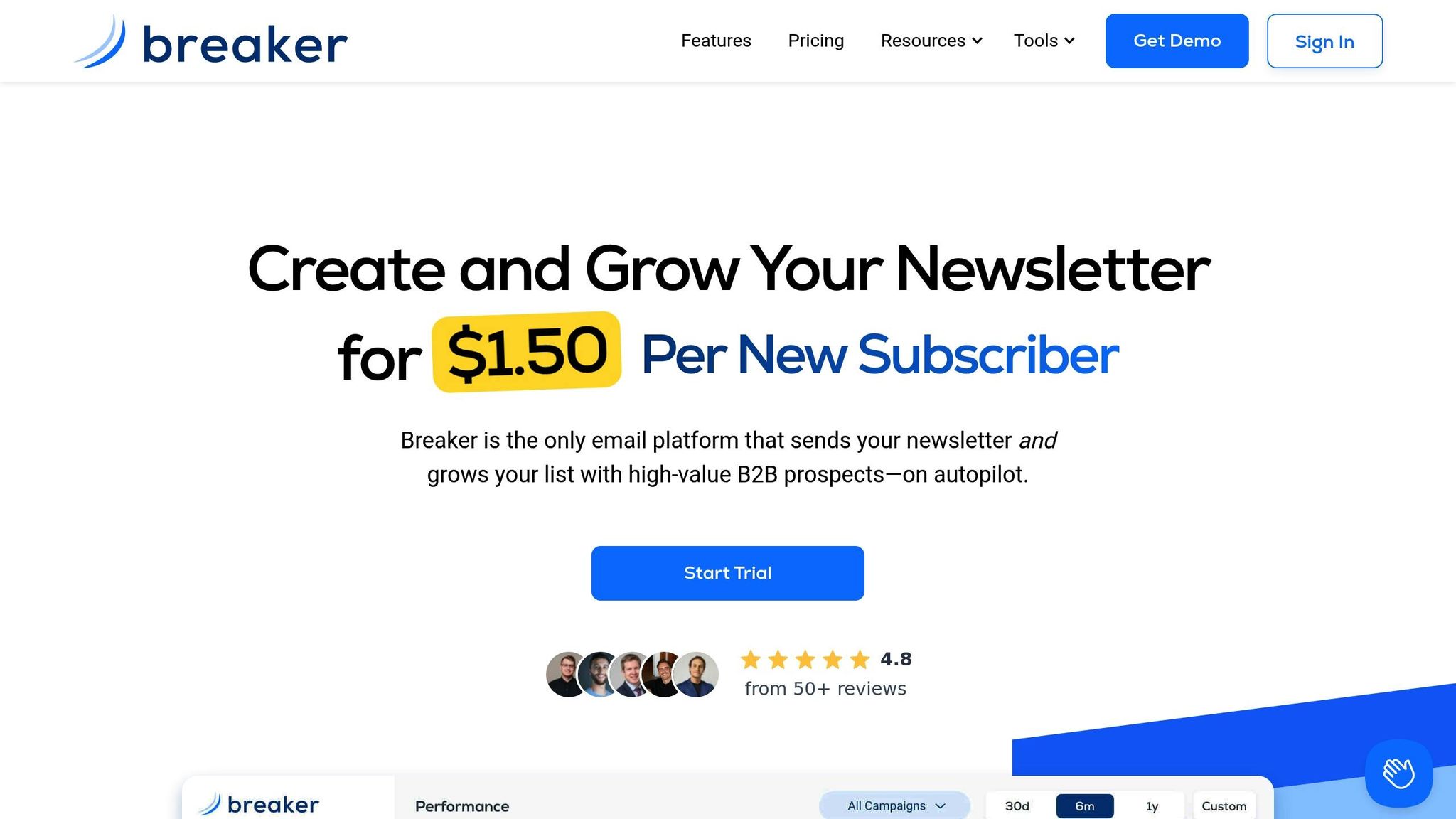
To elevate your account-based marketing (ABM) email strategy, consider a platform that simplifies and strengthens your efforts. Breaker’s newsletter platform combines the tools you need - automated lead generation, precise audience targeting, and real-time analytics. These features form the backbone of effective targeting and streamlined workflows, which are essential for ABM success.
Key Breaker Features for ABM Campaigns
Breaker stands out by automating lead generation to bring in exact-match subscribers. It offers precision targeting to help you reach the right audience and integrates real-time analytics to track performance. Additionally, it syncs seamlessly with CRM systems and includes unlimited email validations to keep your contact list accurate and up-to-date. This ensures that every campaign reaches its intended audience without wasted effort.
Practical Workflows for ABM Email Campaigns
With Breaker, organizing and managing campaigns becomes straightforward. It offers targeted segmentation tools, an easy-to-use newsletter builder, and customizable signup forms. These features allow you to create campaigns tailored to specific audience segments, addressing their unique needs. Plus, expert support is available to help you set up and refine your workflows, ensuring everything runs smoothly.
How Breaker Improves ROI and Deliverability
Breaker focuses on engaging exact-match subscribers, which directly boosts deliverability and return on investment (ROI). Its pricing options are designed to scale with your needs, starting at $200/month for 50,000 sends and going up to $1,750/month for 250,000 sends, including 1,000 new subscribers. Real-time analytics provide insights for optimizing your campaigns, while its deliverability management tools help keep your emails out of spam folders - an essential factor when reaching busy professionals.
Conclusion: Improve Lead Quality with ABM Email Targeting
ABM email targeting reshapes how B2B marketers approach lead generation, prioritizing high-value accounts over a broad audience. This focused strategy boosts lead quality, engagement, and ROI by combining precise account selection, tailored messaging, and continuous refinement. By leveraging data-driven insights, dynamic content, and real-time analytics, businesses can significantly enhance their outreach efforts.
Automation plays a key role in scaling personalized communication without sacrificing quality. Tools like automated lead generation, accurate audience targeting, and seamless CRM integration are vital for creating impactful ABM strategies that resonate with potential clients.
Breaker offers the essential tools to put these strategies into action. With features like automated lead generation that pinpoints exact-match subscribers and real-time analytics for performance tracking, you can concentrate on what truly matters - building meaningful relationships with top-tier prospects and driving measurable business growth.
ABM email targeting leads to higher conversion rates, faster sales cycles, and stronger customer connections. In today’s increasingly intricate B2B environment, precision and personalization are more critical than ever for achieving sustainable growth.
FAQs
How is ABM email targeting different from traditional email marketing in terms of focus and resource use?
Account-Based Marketing (ABM) email targeting zeroes in on a select group of high-value accounts, using personalized and highly tailored campaigns. This strategy prioritizes quality over quantity, ensuring resources are spent wisely. It’s particularly effective for B2B companies aiming to maximize their ROI by building meaningful connections with key prospects.
On the other hand, traditional email marketing takes a broader approach, reaching out to a larger audience with more generalized messaging. While this method can boost overall reach and engagement numbers, it often falls short when it comes to converting high-value leads. ABM may demand more effort and investment upfront, but it pays off by creating stronger, more impactful relationships with the accounts that matter most.
What key data should you use to identify high-value accounts in ABM email targeting, and how does it improve lead quality?
To zero in on high-value accounts for ABM email targeting, focus on four key data types:
- Firmographic data: Details like company size, industry, and revenue help you identify organizations that fit your ideal customer profile.
- Technographic data: Information about a company’s tech stack can highlight compatibility or specific needs.
- Intent data: Behavioral clues, such as search patterns or content consumption, can signal potential purchase intent.
- Engagement data: Metrics like email opens, website visits, and past interactions reveal interest and a willingness to connect.
By leveraging these insights, you can segment your audience more effectively and create tailored outreach that speaks directly to decision-makers. The result? Better engagement, higher conversion rates, and stronger leads for your campaigns.
What are the best ways to measure the success of ABM email campaigns and maximize ROI?
To gauge the effectiveness of your ABM email campaigns and ensure you’re getting a solid return on investment, focus on key metrics that match your objectives. Start with win rates - this tells you how many of your targeted accounts are turning into closed deals. Pair that with the revenue generated from those accounts to see the financial impact. By comparing the revenue tied to your campaign with the costs, you’ll get a clear picture of its profitability.
Don’t forget to keep an eye on engagement metrics like open rates, click-through rates, and conversions. These numbers reveal how well your emails are connecting with your audience. Use this data to fine-tune your targeting and adjust your content strategy for even better outcomes.





